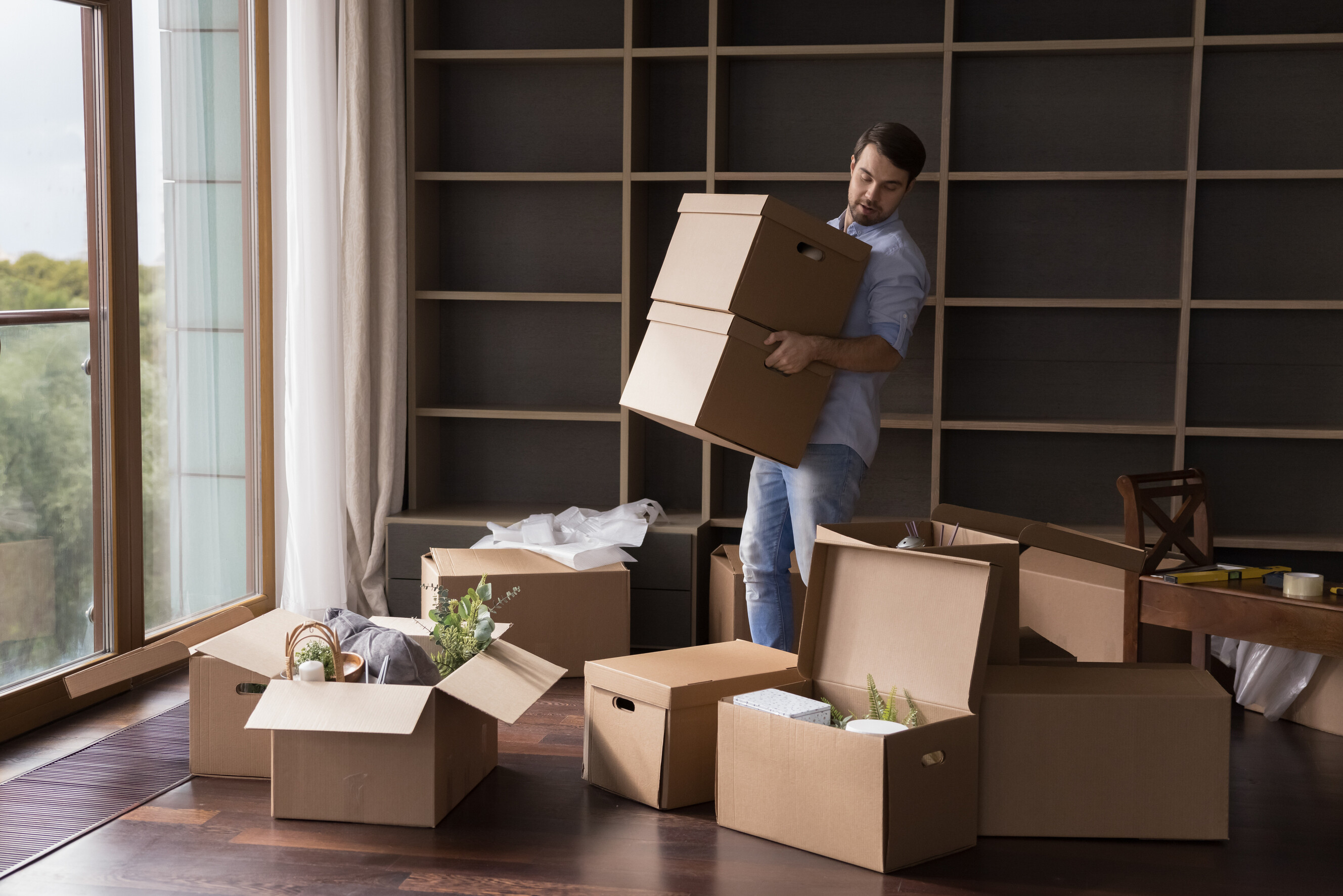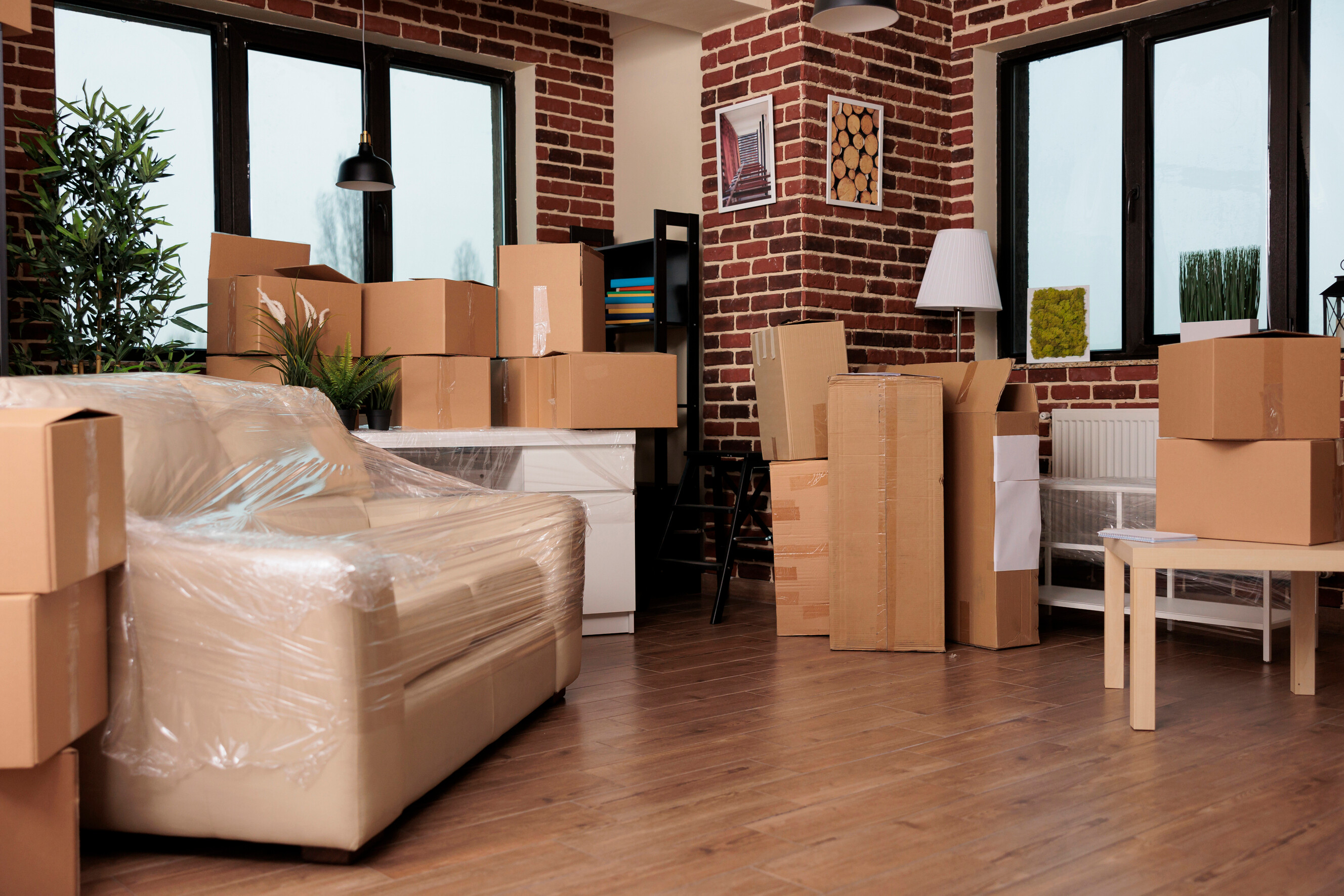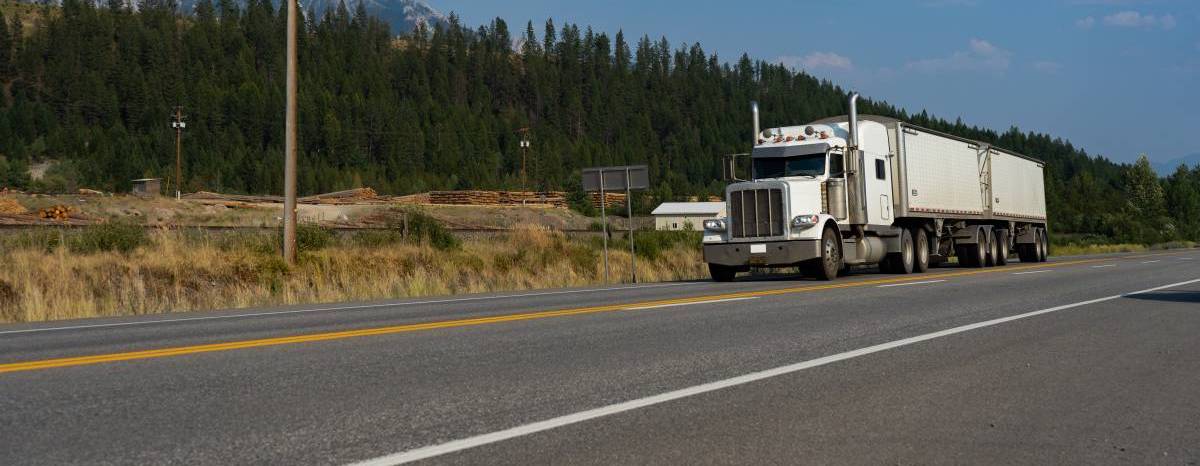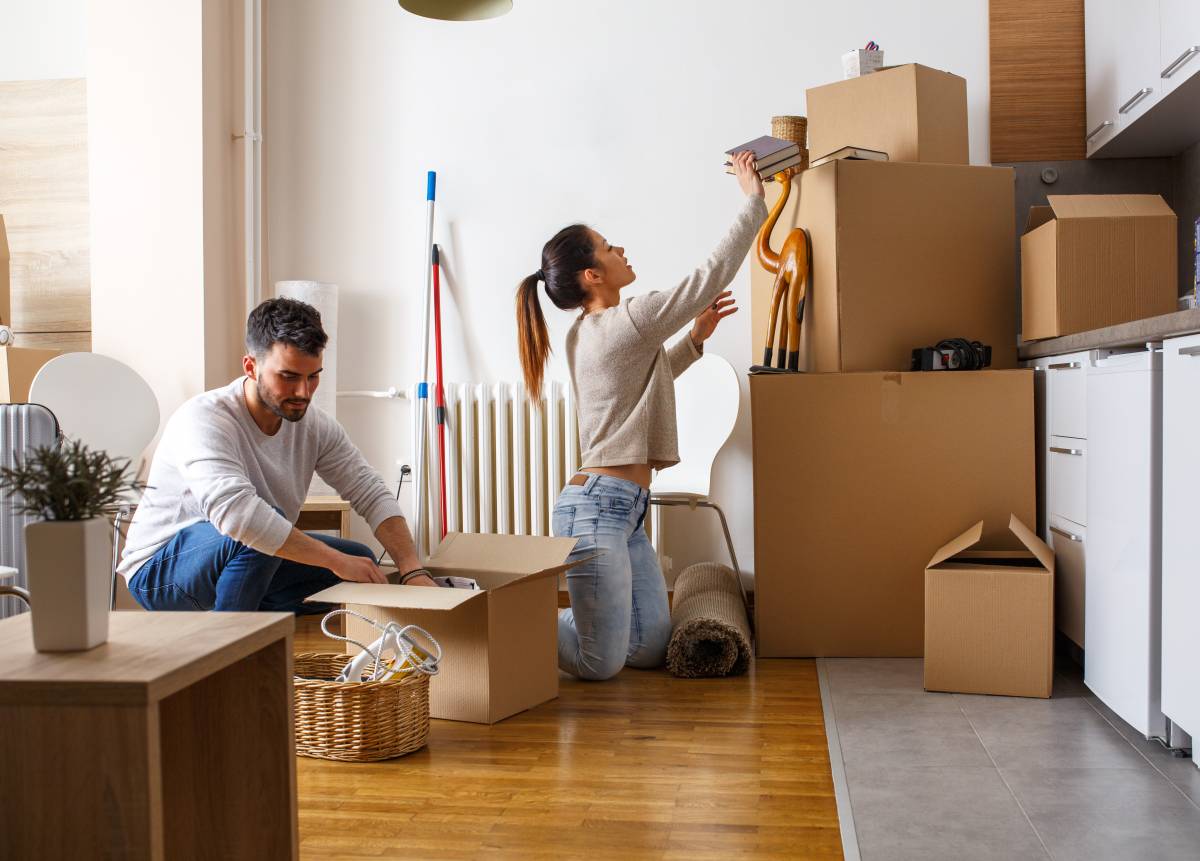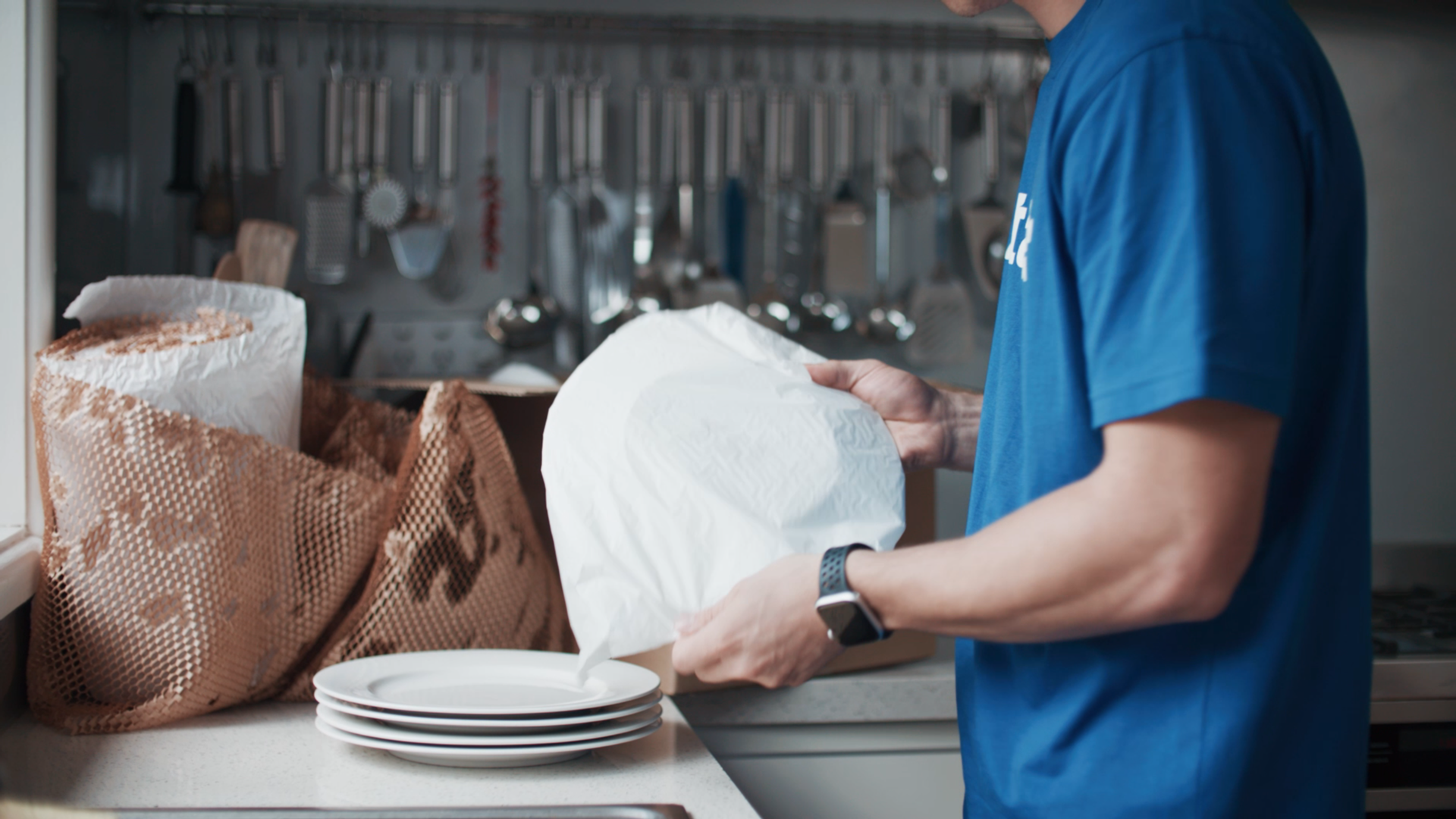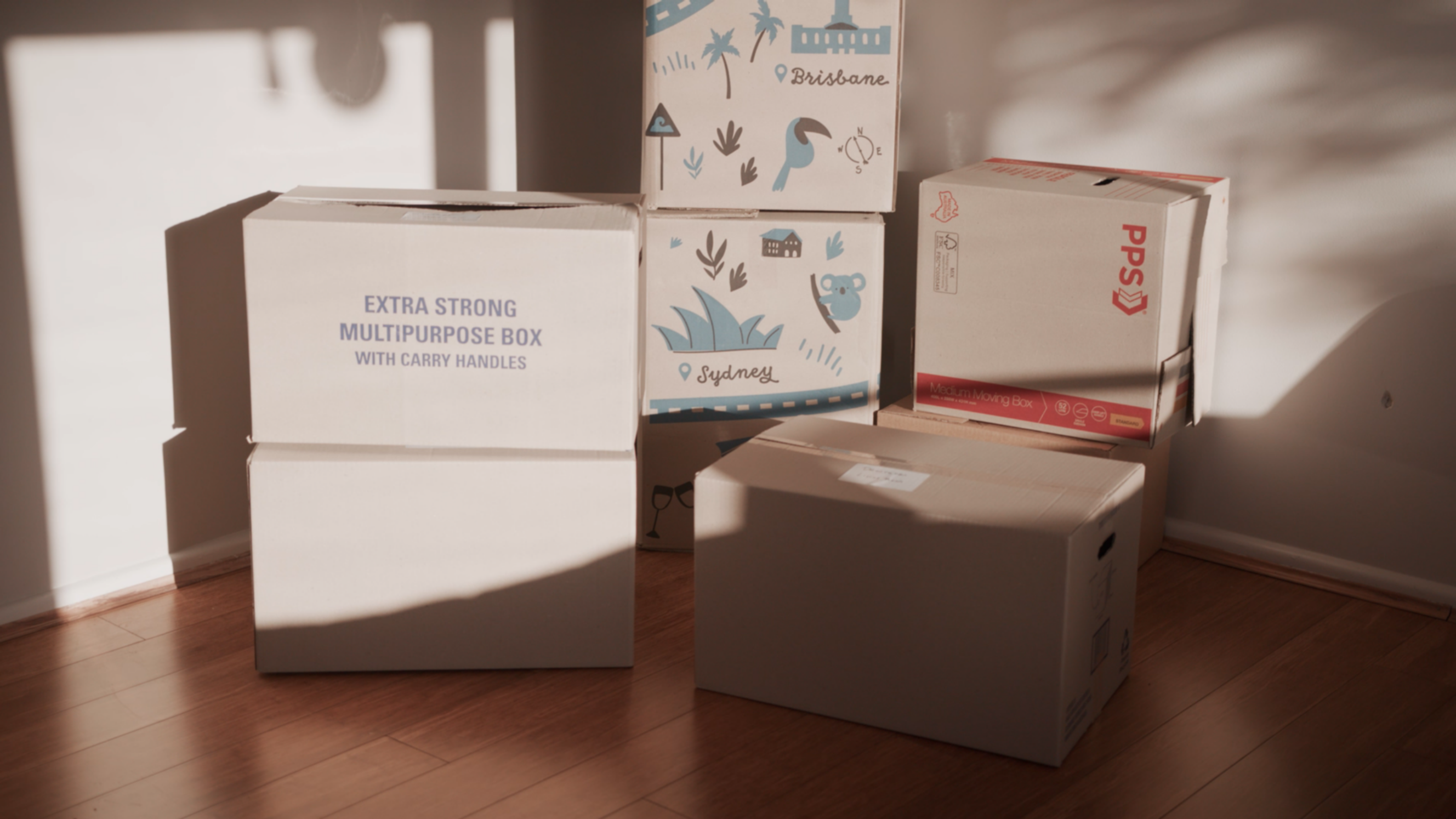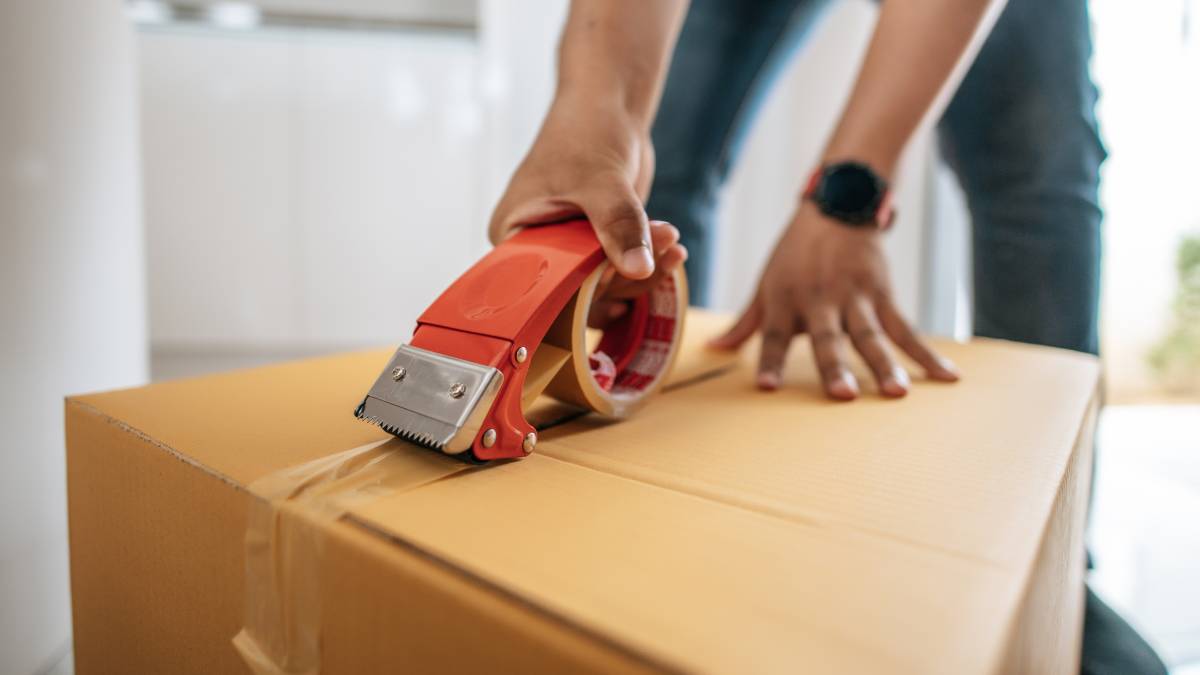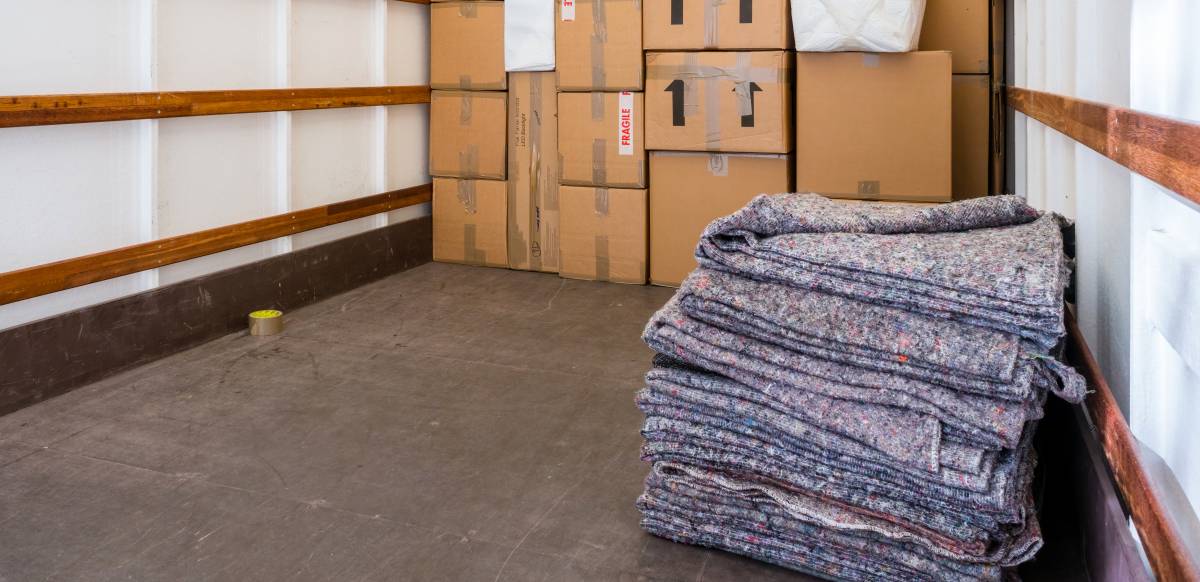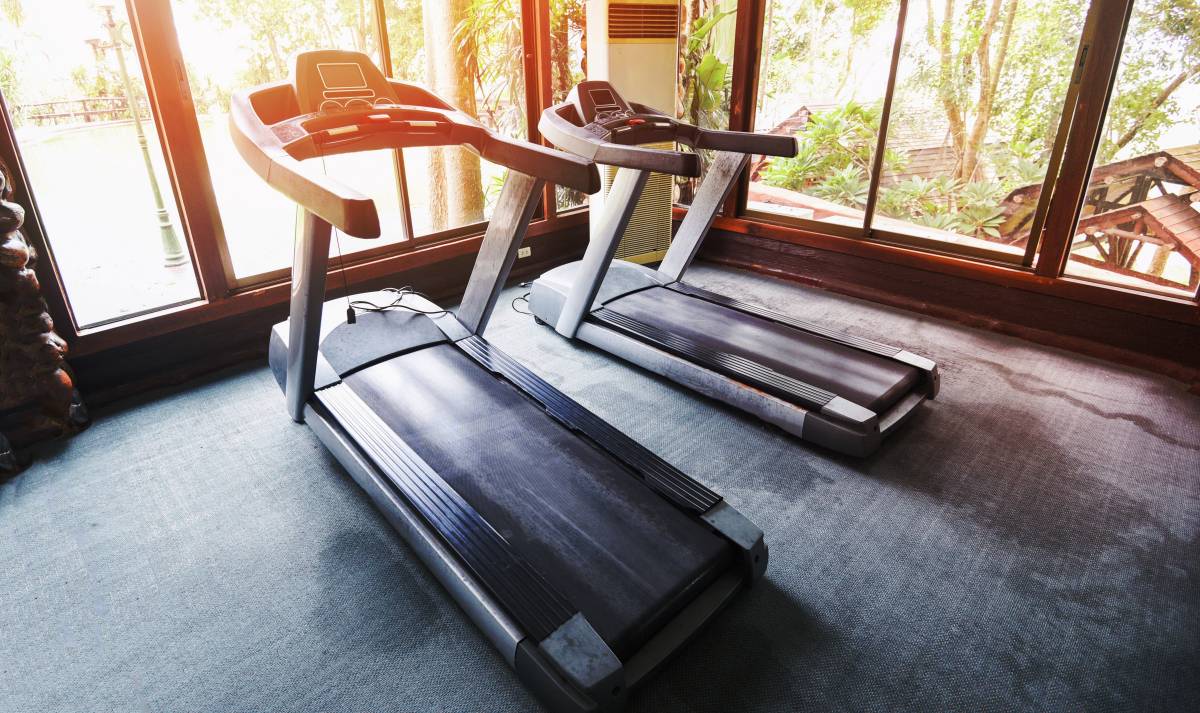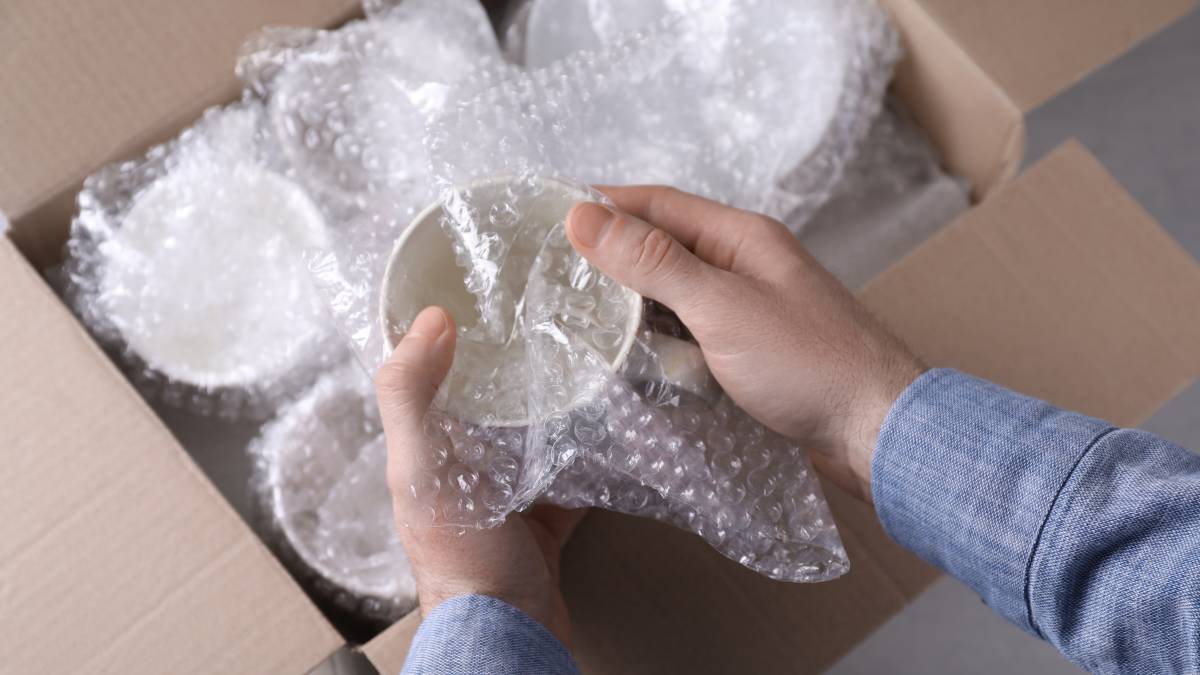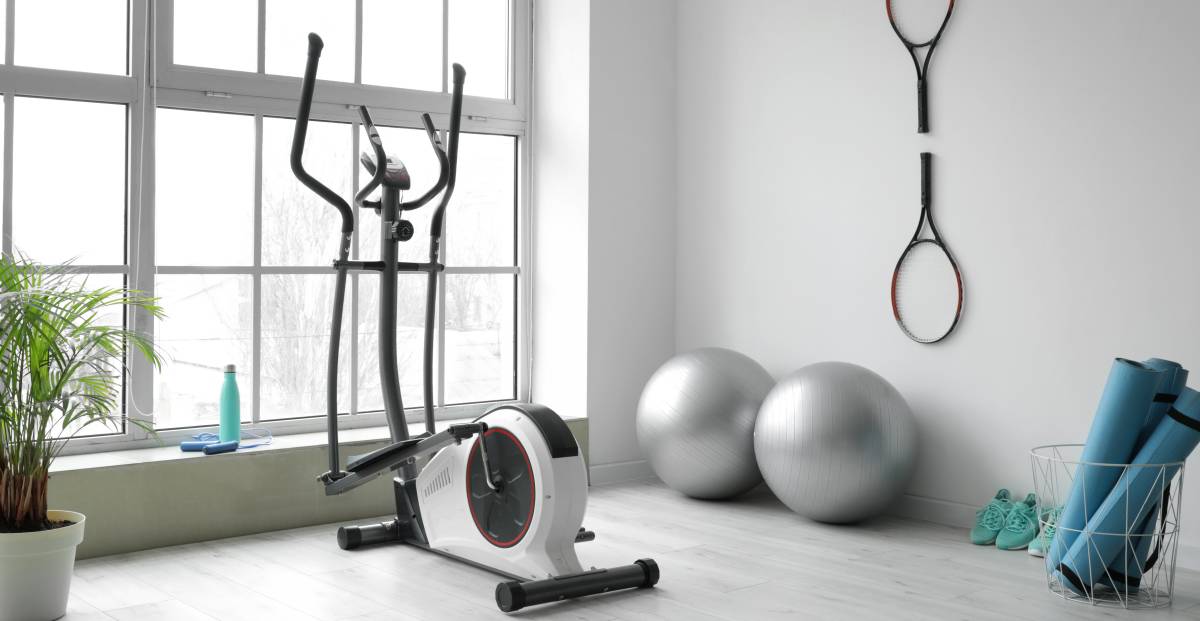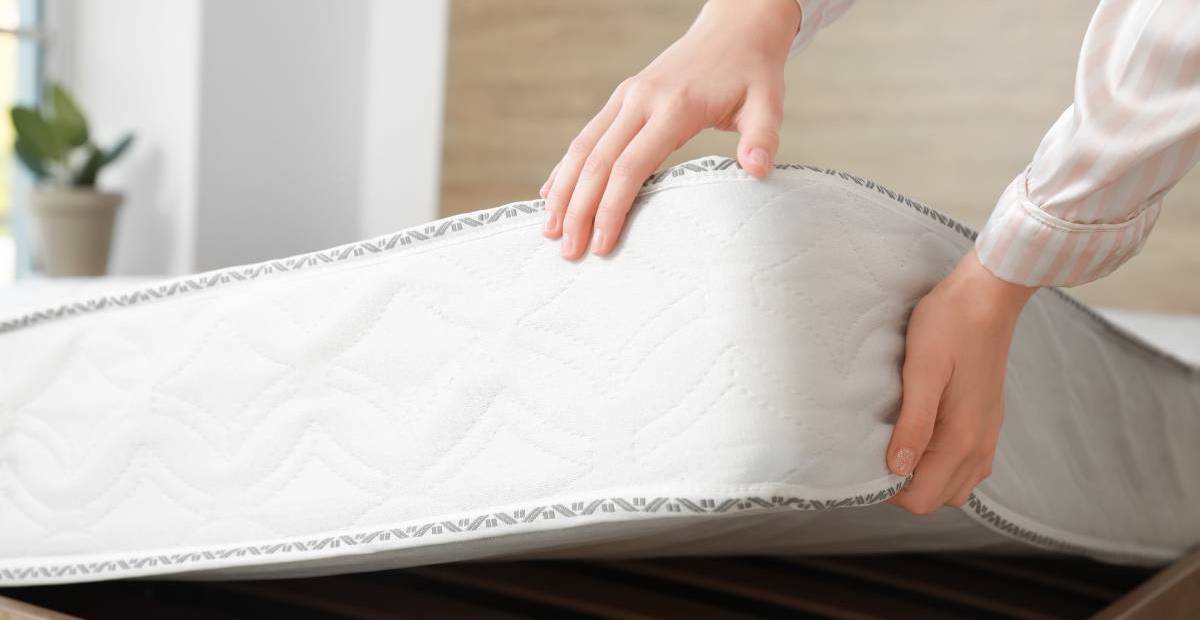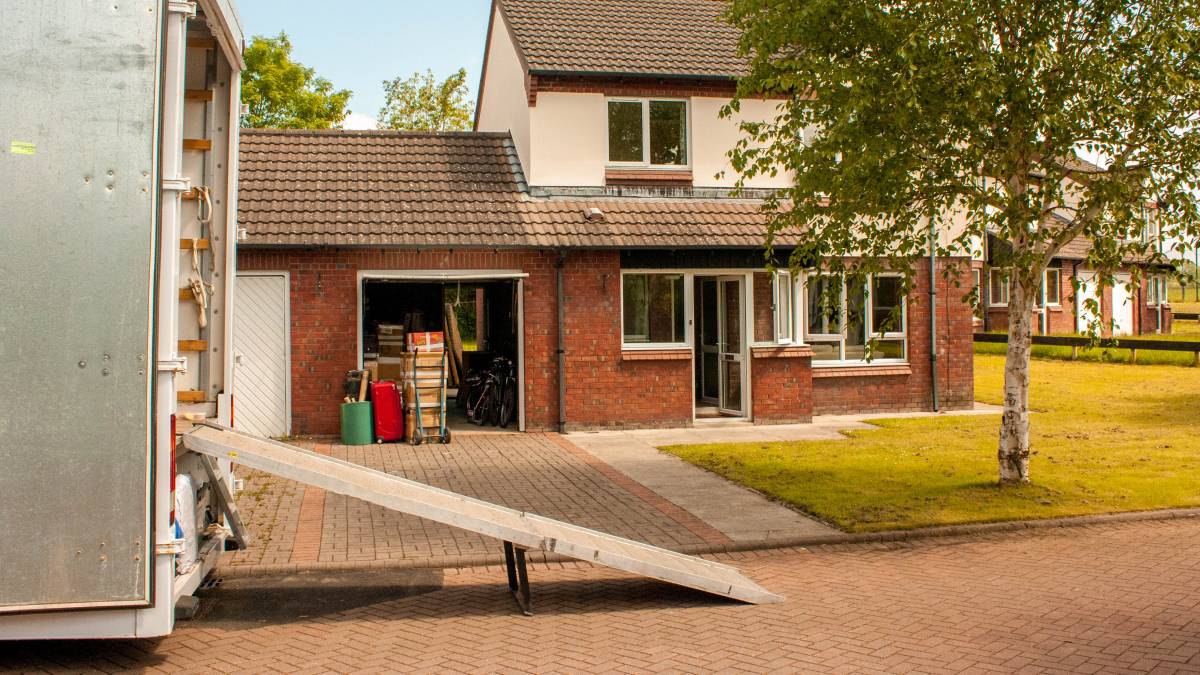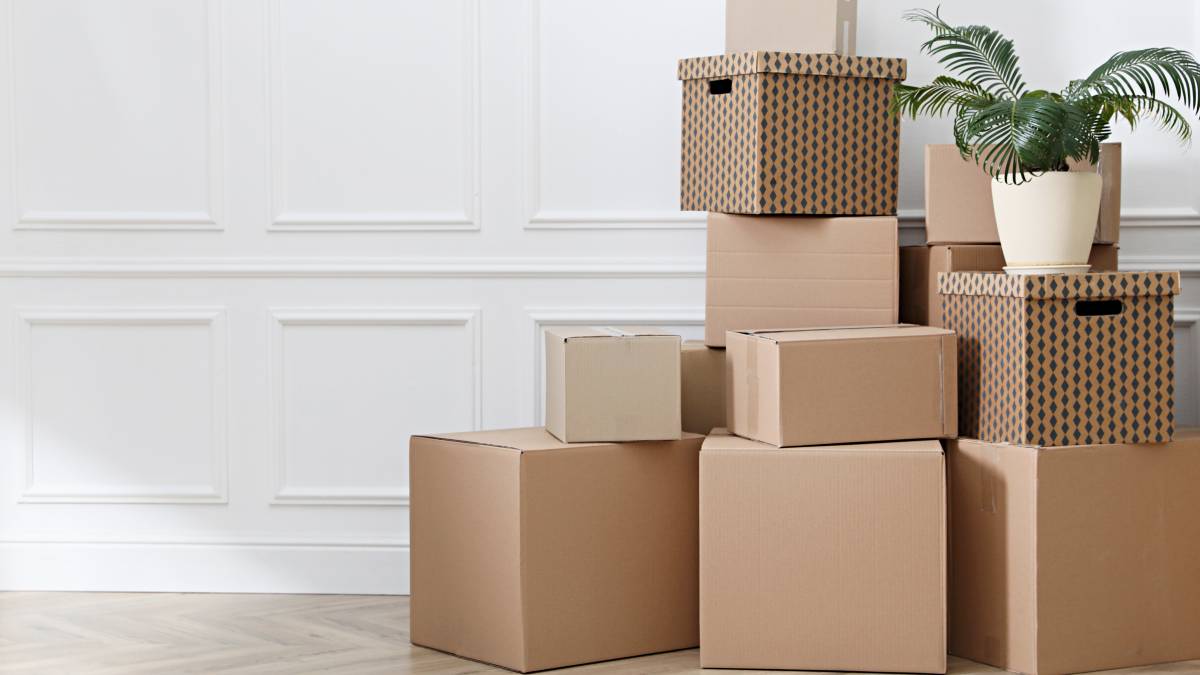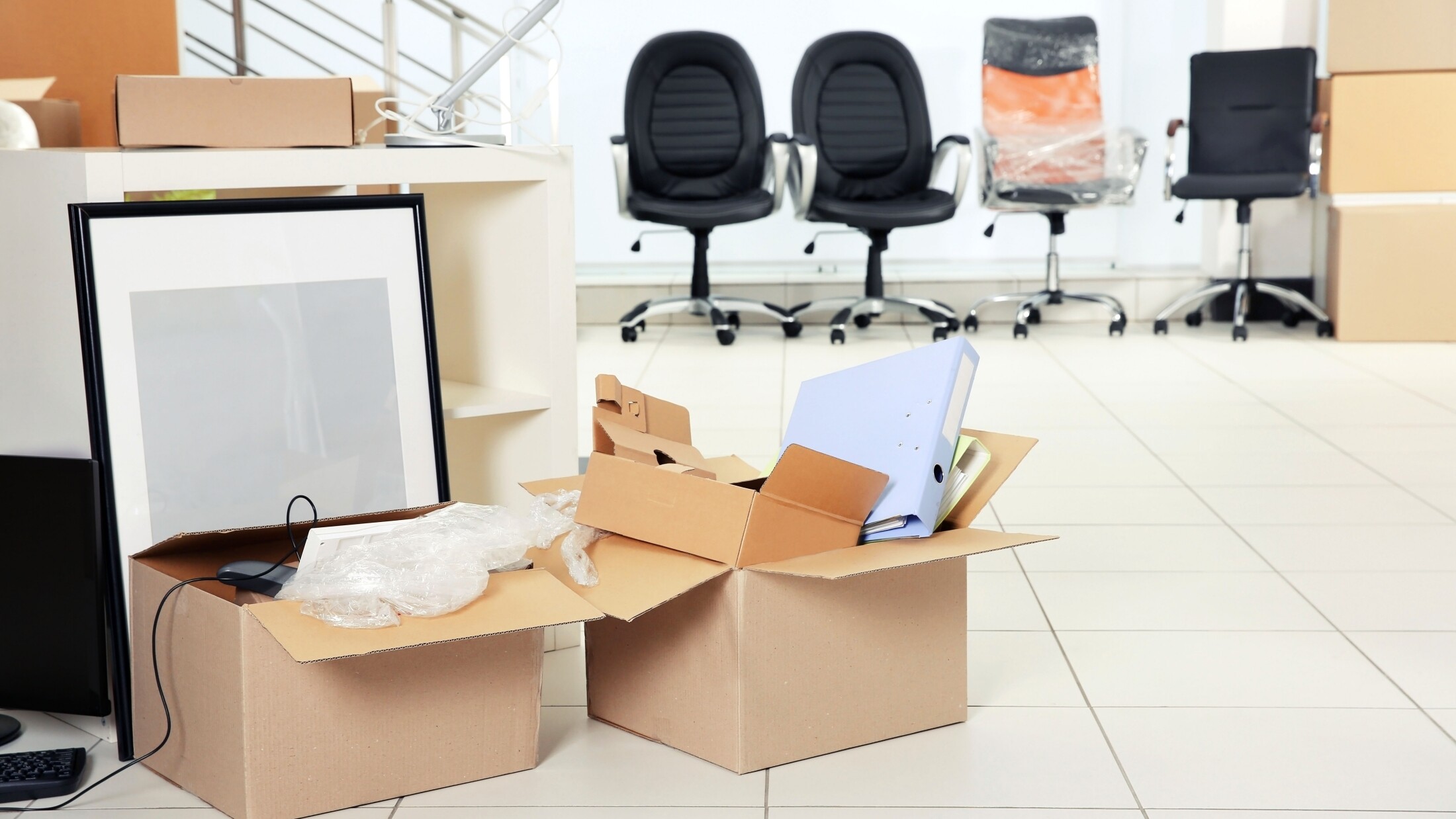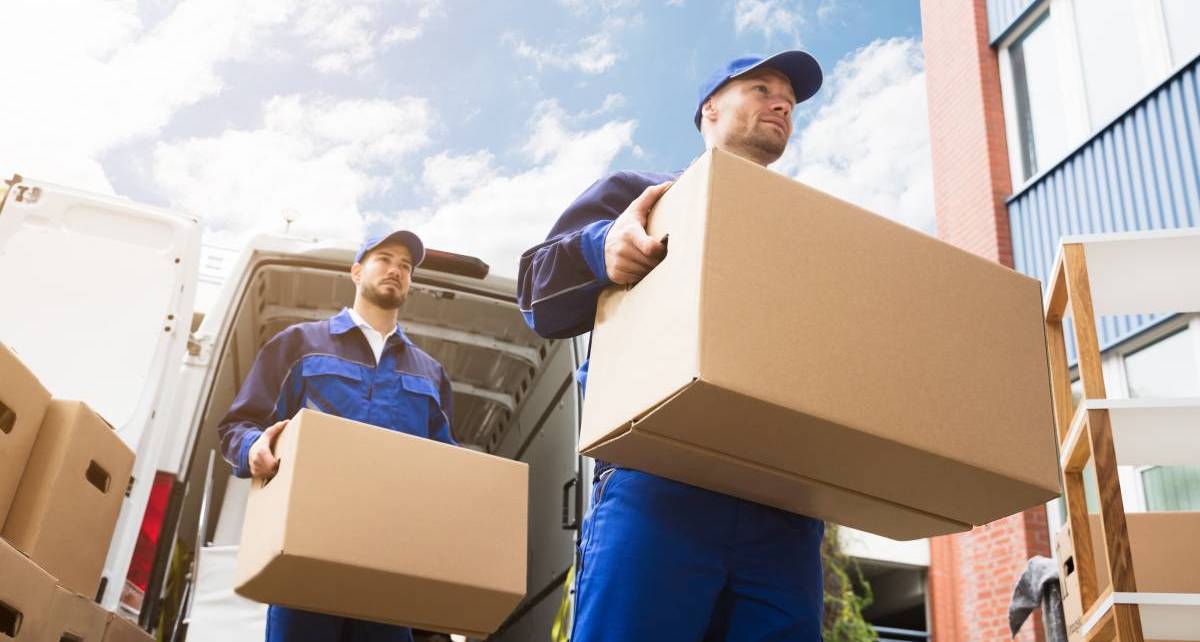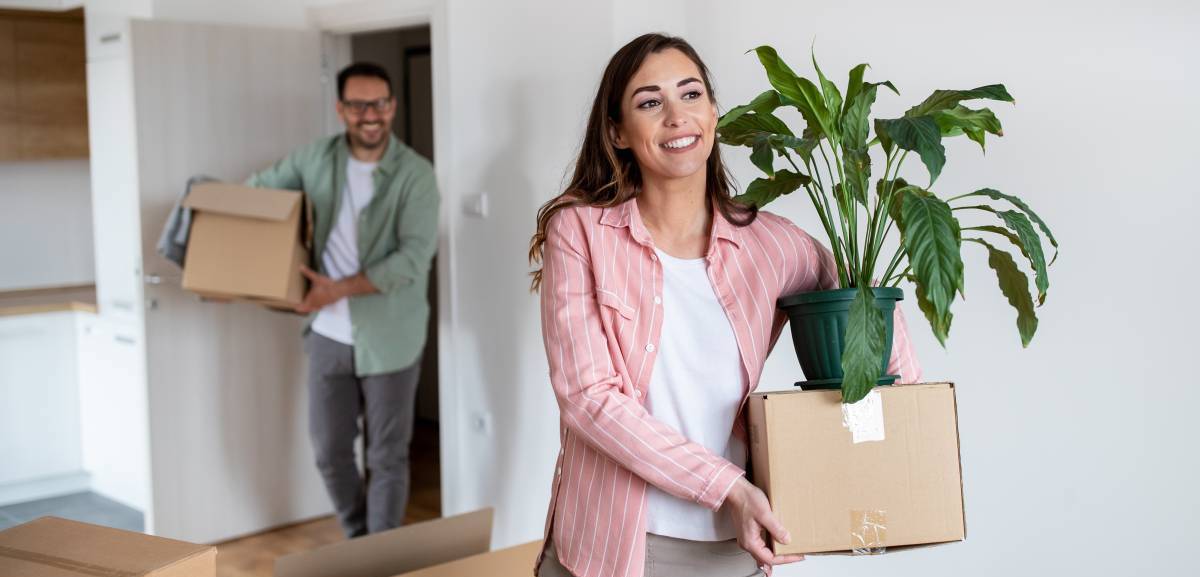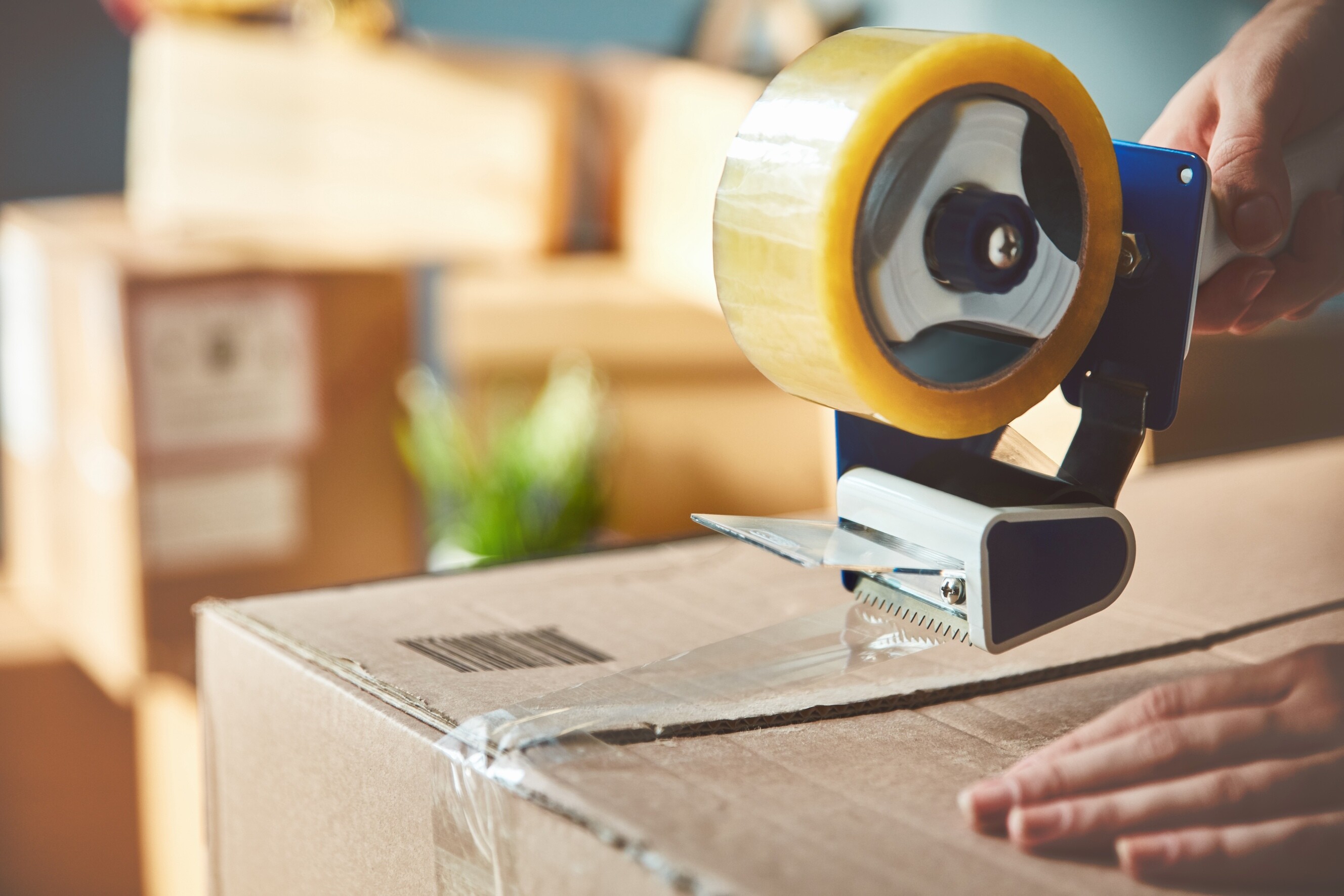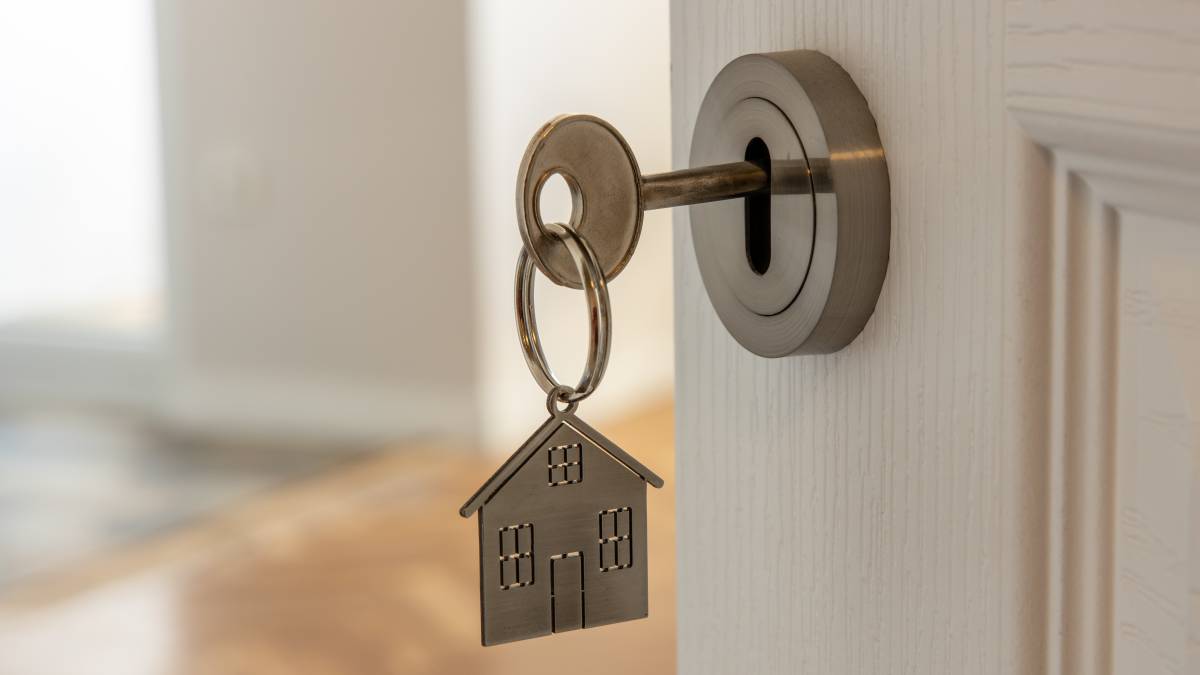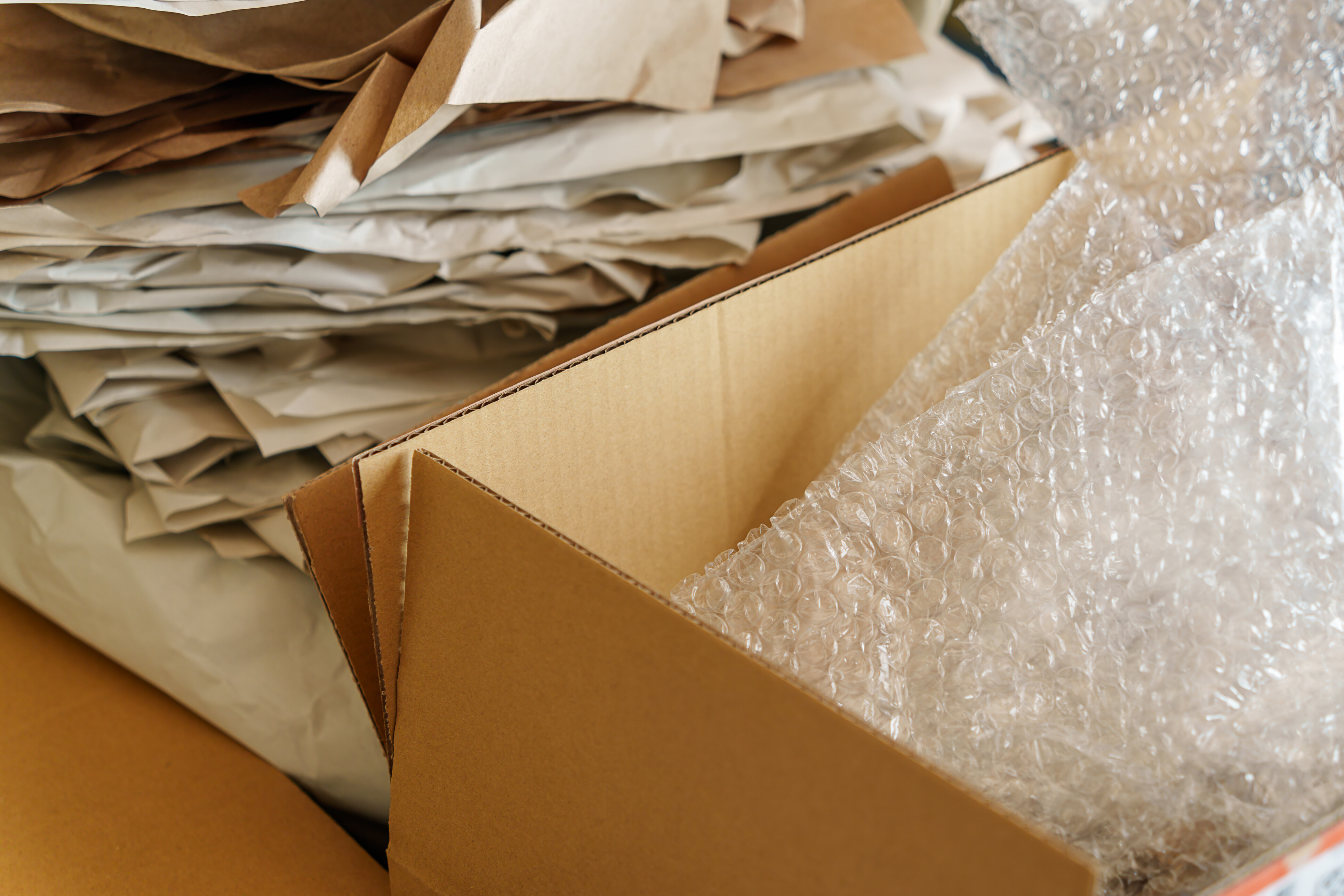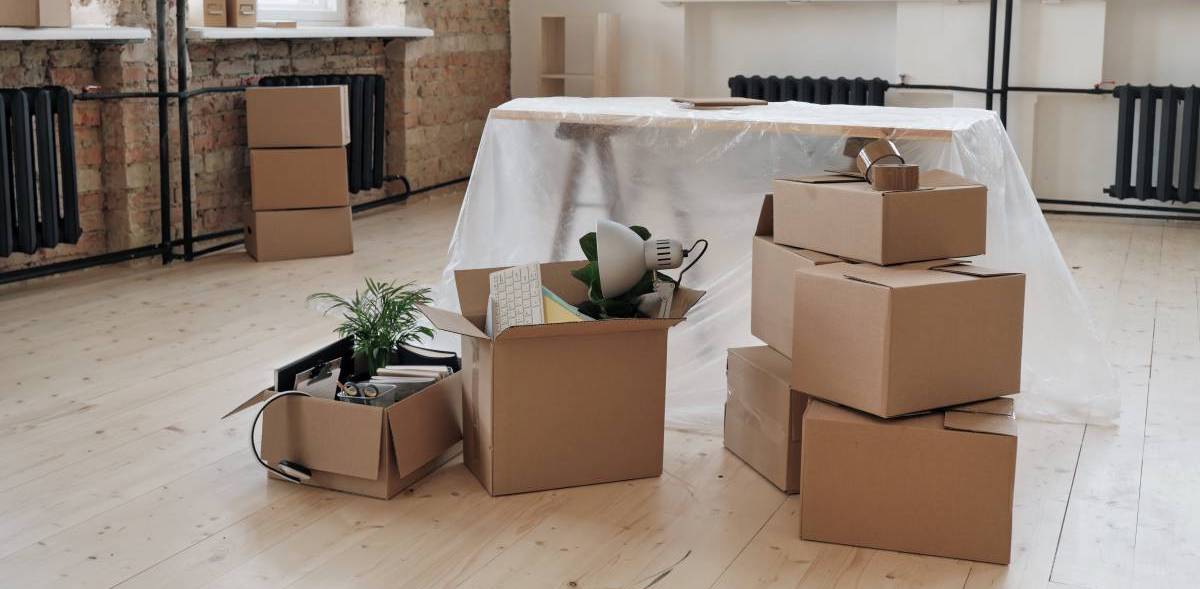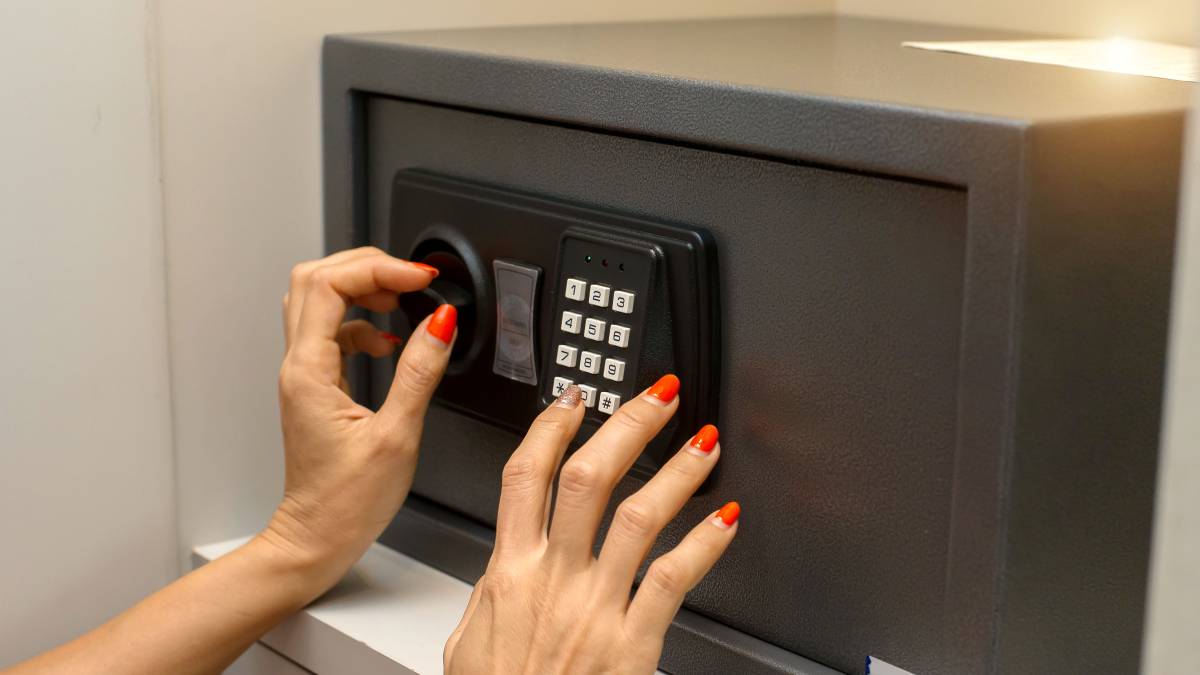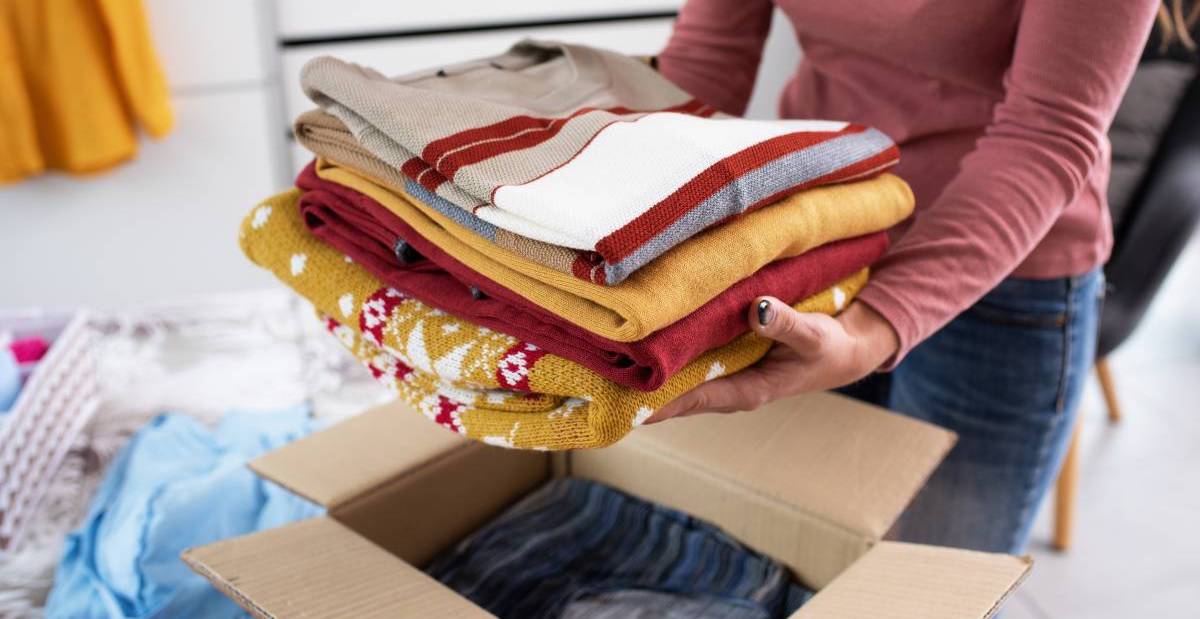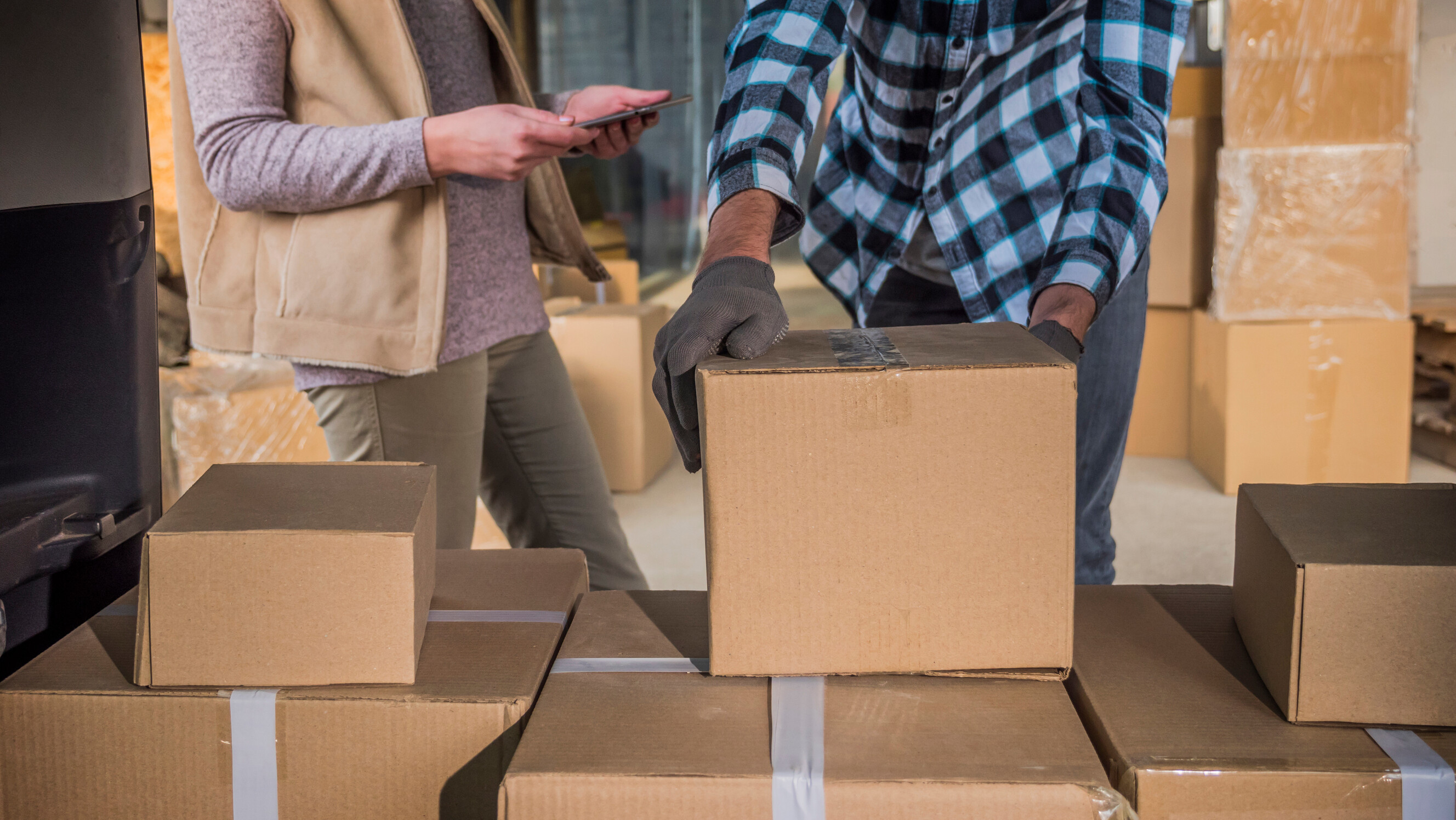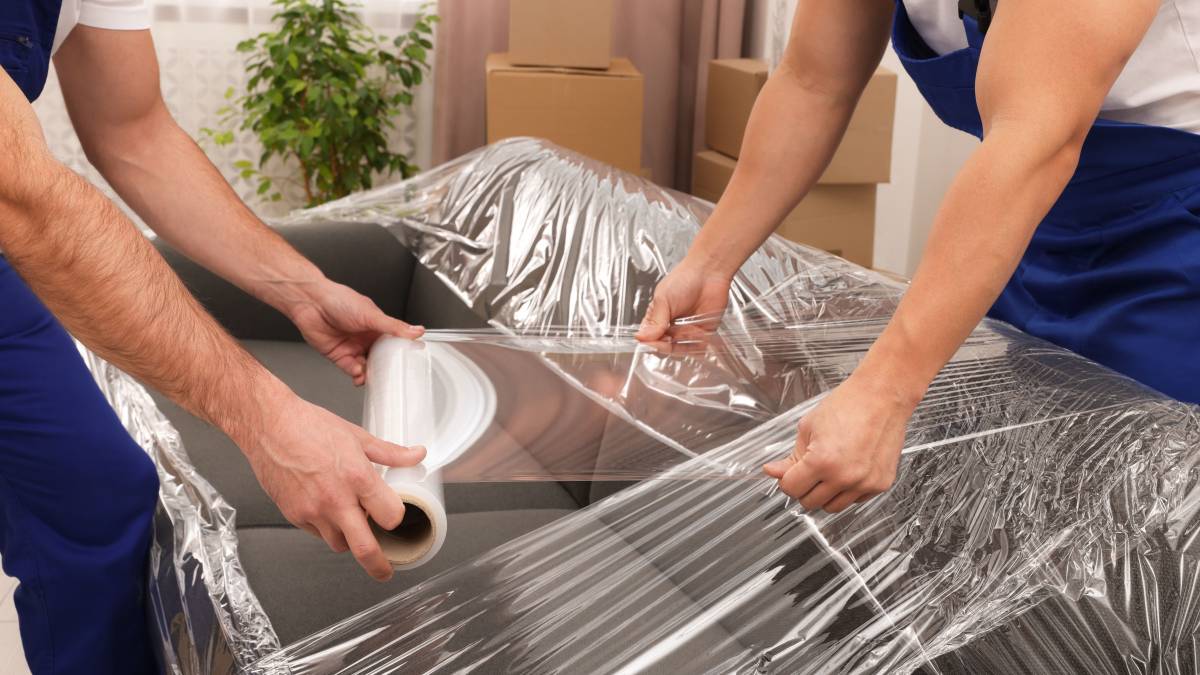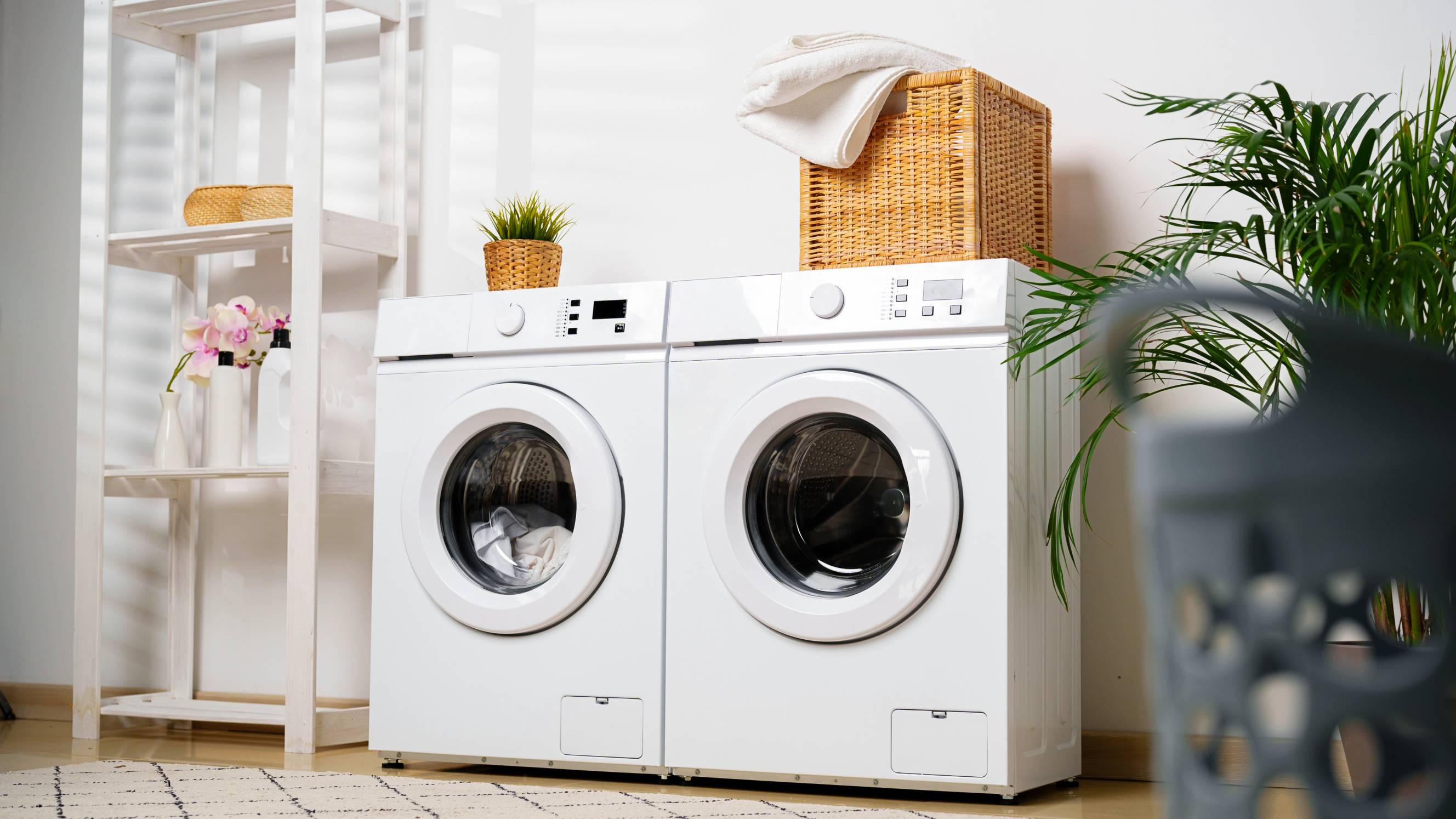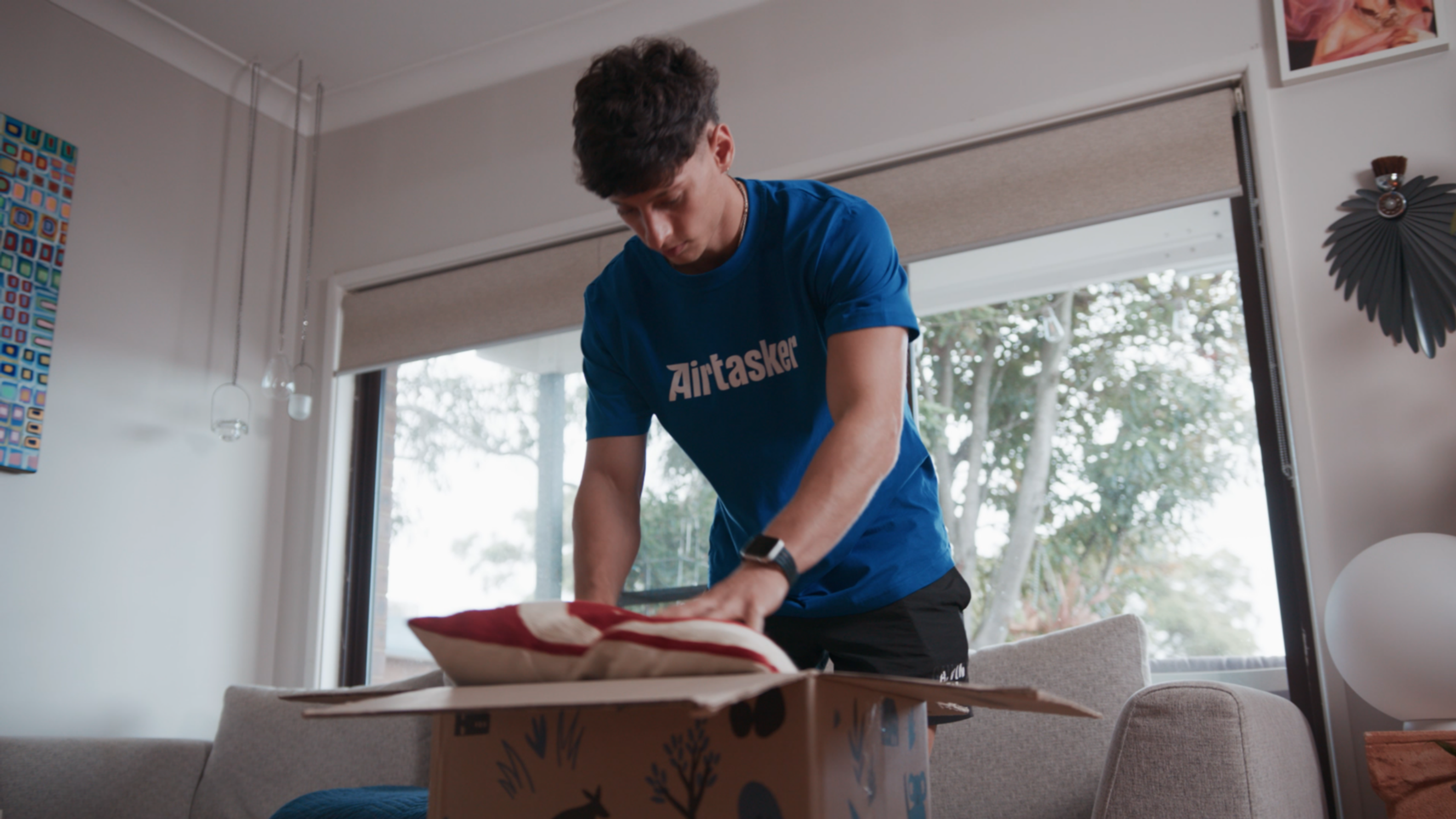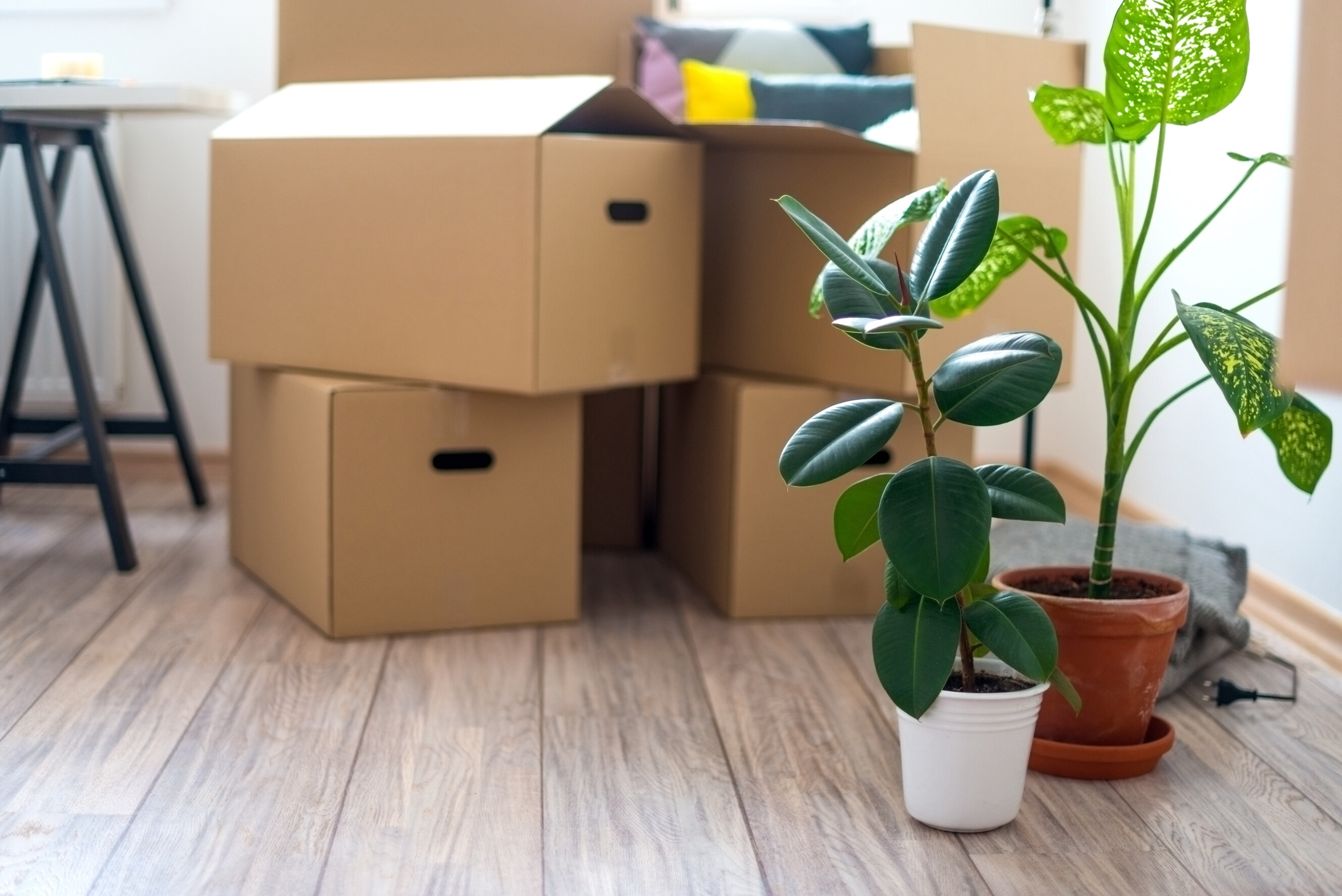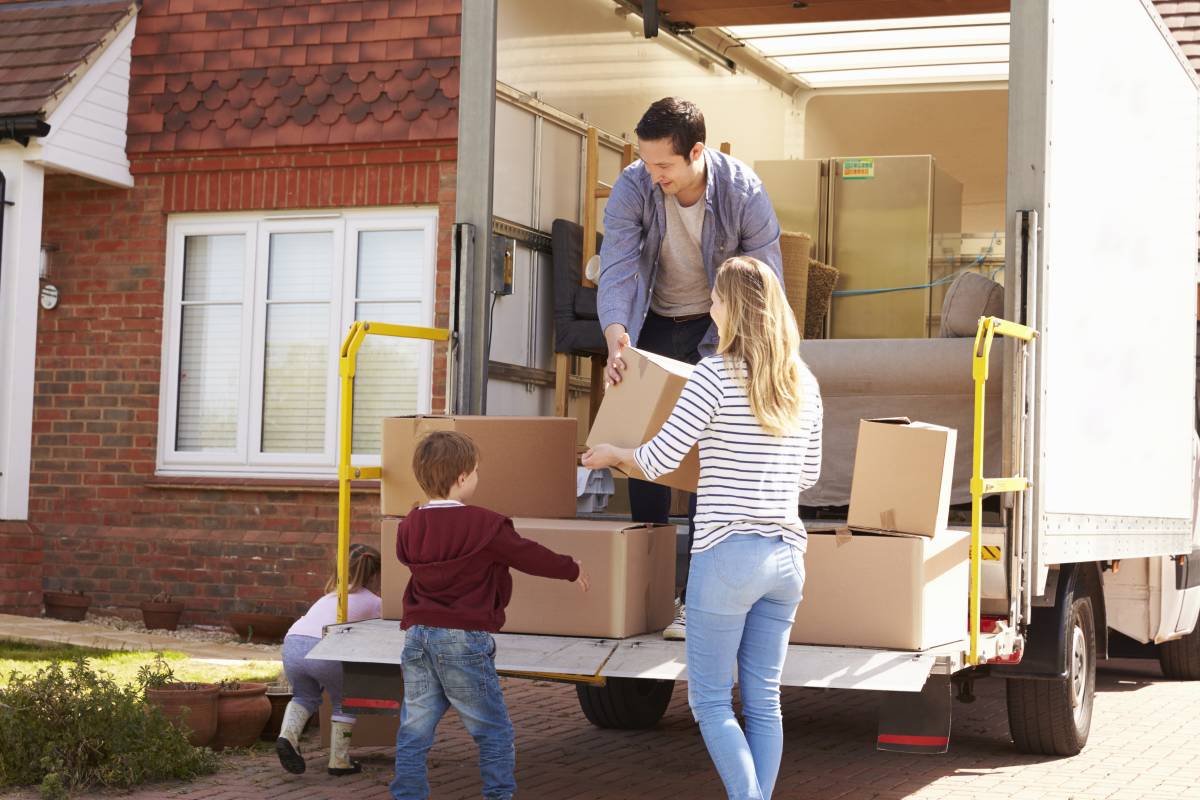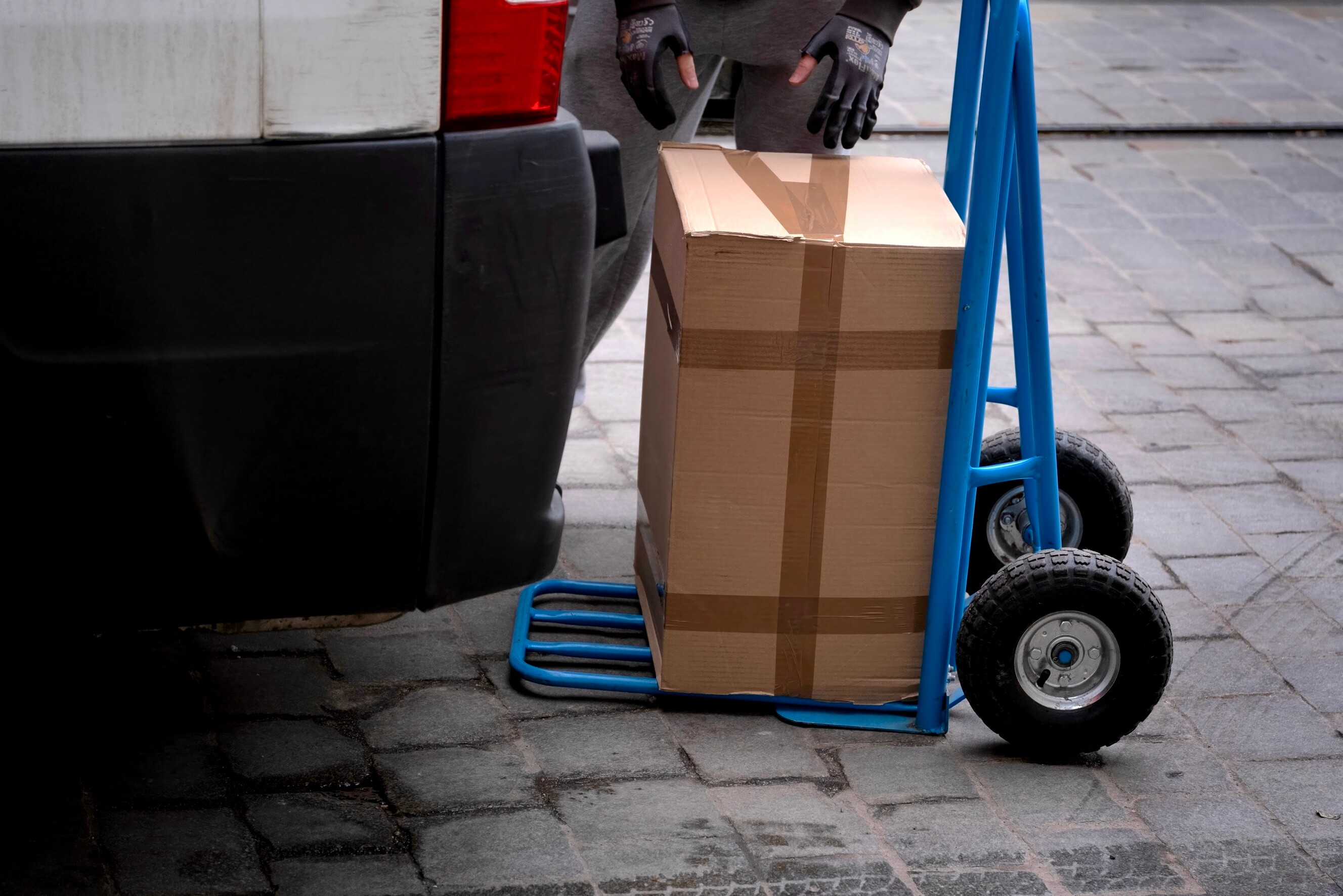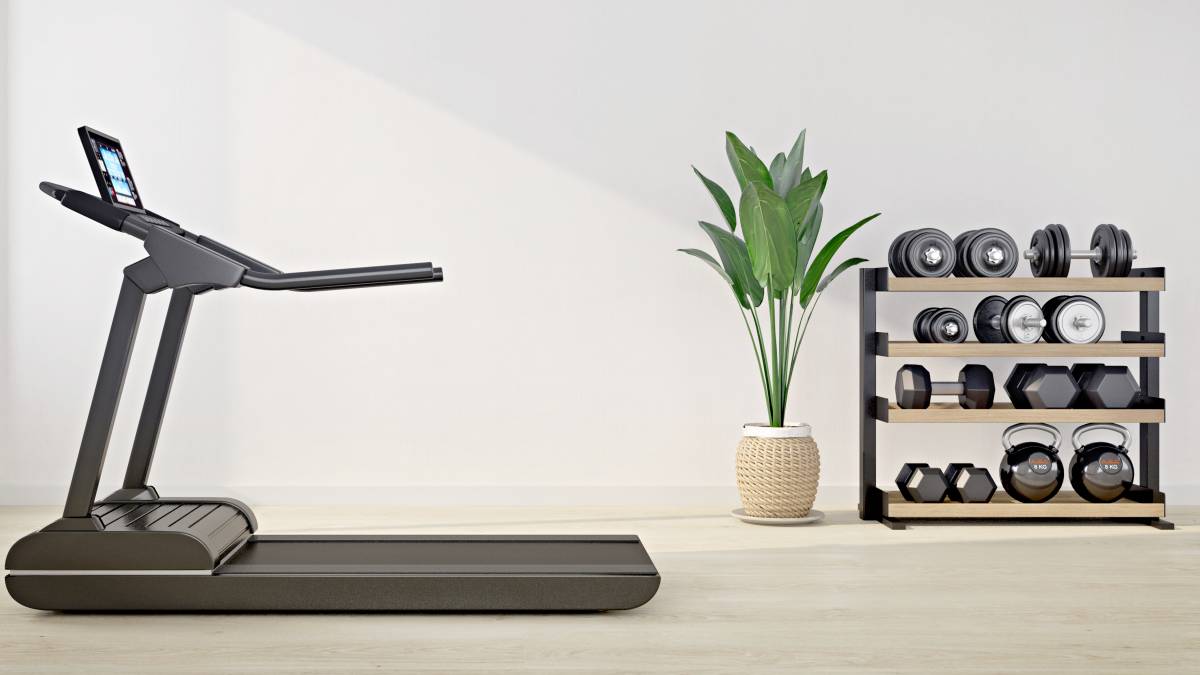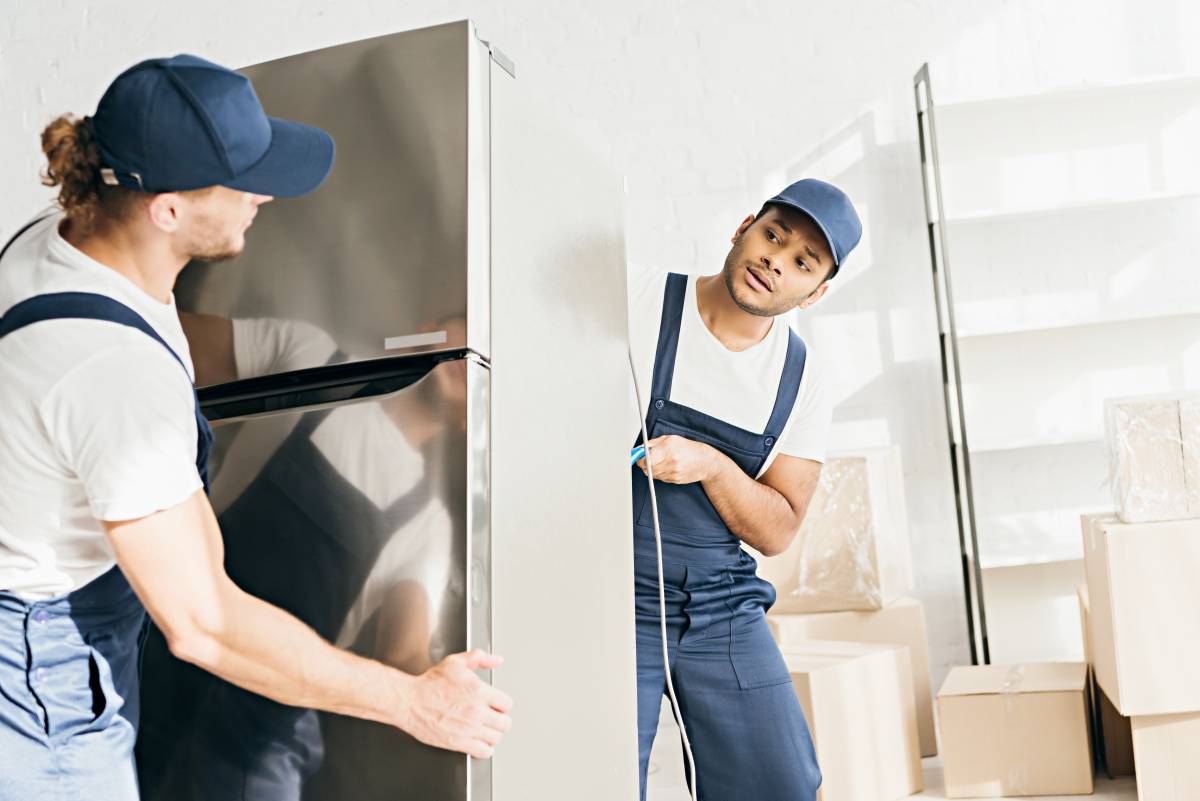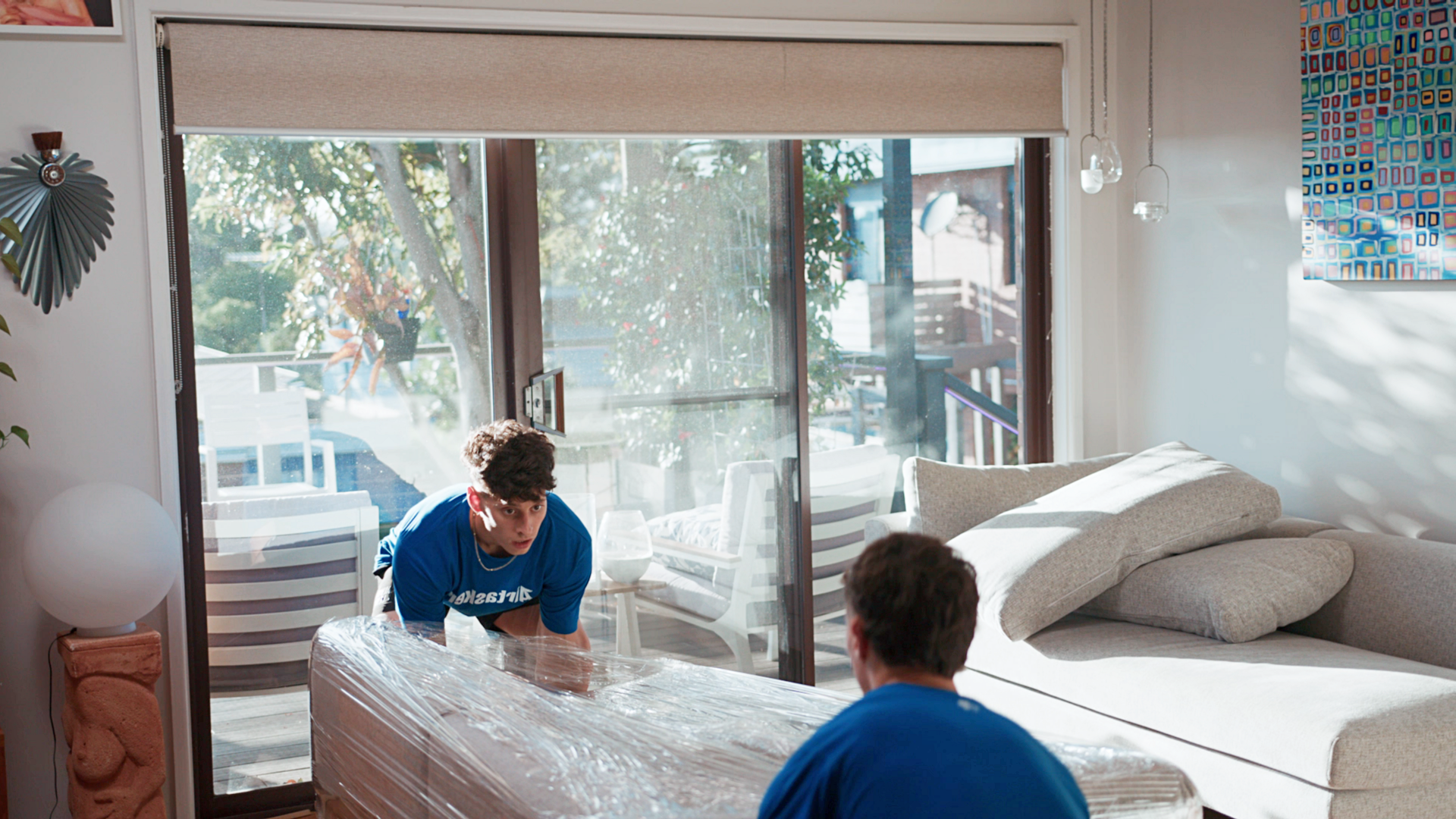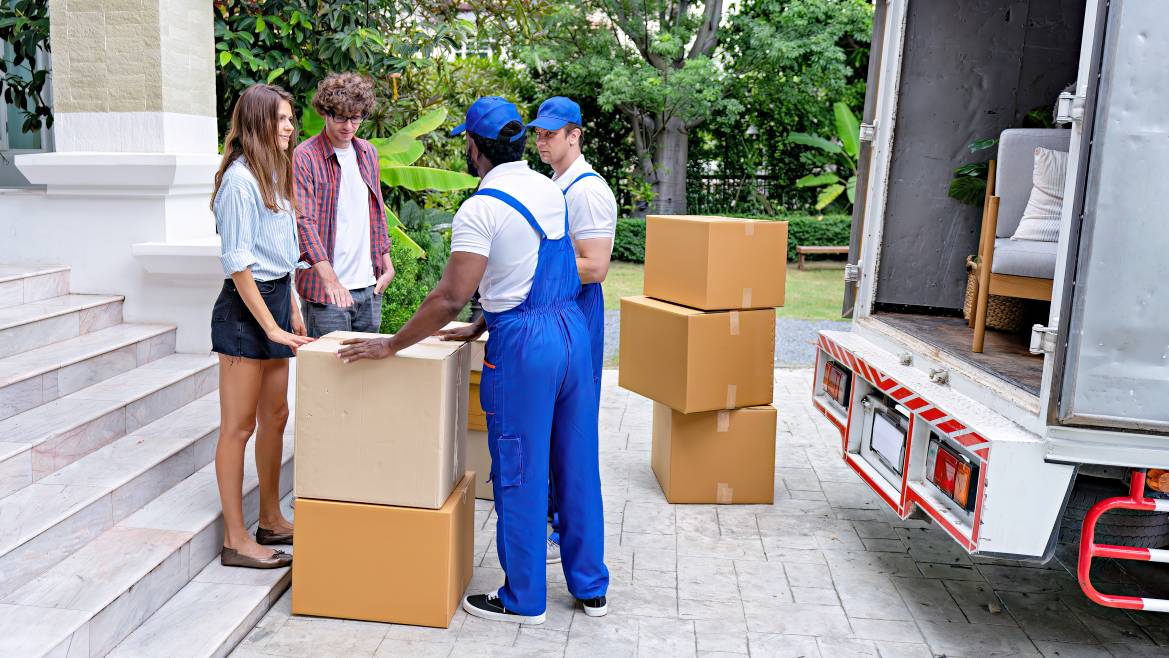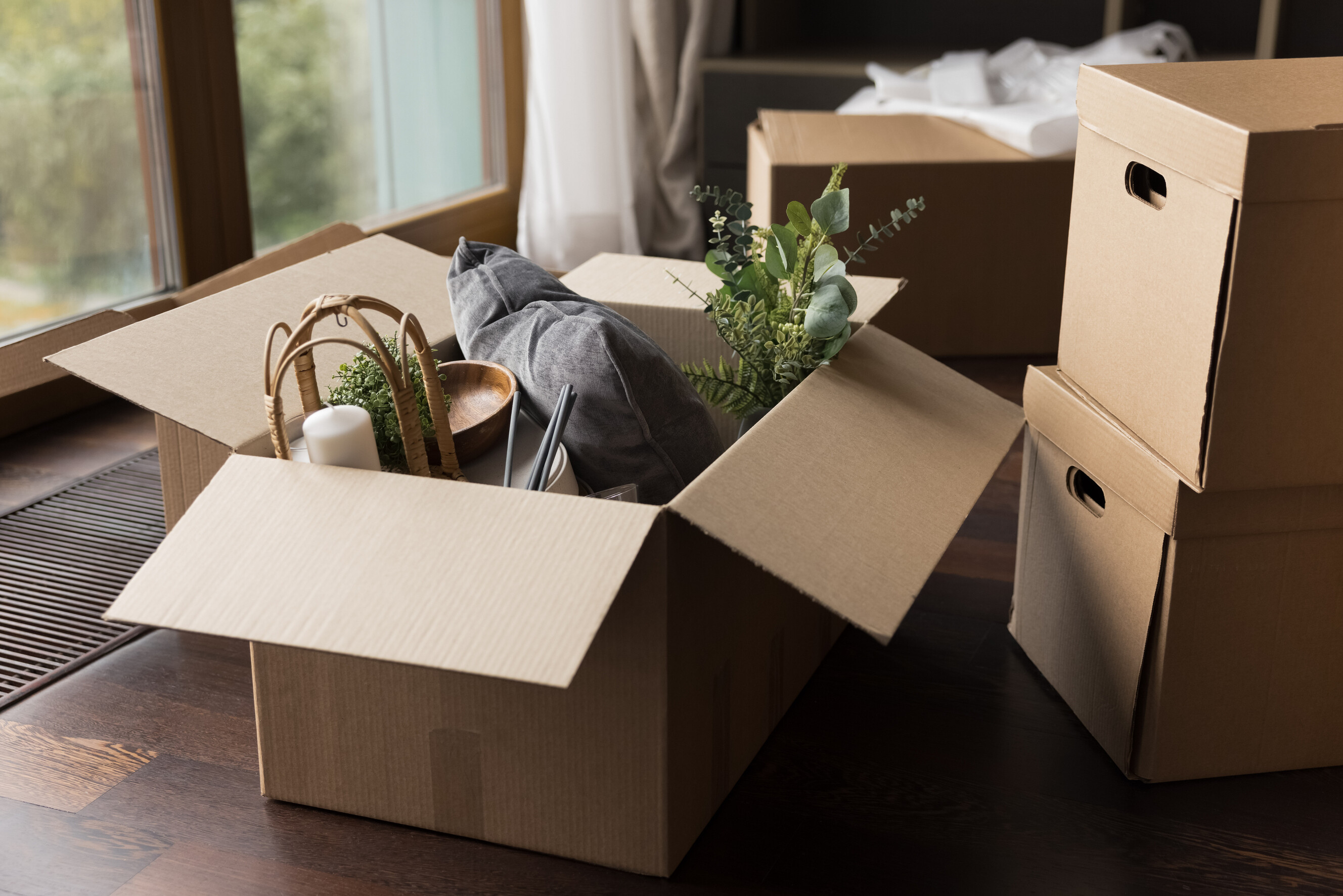
7 Common moving mistakes and how to avoid them
Expert tips to dodge moving-day disasters
Published on

Written by Ella M.
Staff Writer

Reviewed by Peter C.
Expert Removalist
Read more about our contributors
Key Takeaways
Most moving mistakes happen because people start too late, not because moves are inherently difficult. Even simple relocations become disasters when you’re scrambling in the final weeks.
Keep basics like soap, medications, and bed linens in one accessible box so you can settle in immediately without unpacking everything.
Hire professional removalists to handle the heavy lifting and fragile items with care, ensuring a safer, faster, and more efficient move.
Ask anyone who’s ever moved, and you can expect the same response: It’s exciting, exhausting, and often overwhelming. What should feel like a fresh start can easily turn into a logistical nightmare if you’re not careful.
Moving isn’t going anywhere either. Over 40% of households in Australia have made one residential move at least once in the past five years. Life events, opportunities, or simply the itch for change highlight that many will continue to face the challenge of figuring out how to move house.
Whether you’re moving by yourself, rallying family and friends, or hiring professionals, there’s always a risk of overlooking the small details that can snowball into chaos on moving day. So, here’s a list of the most common moving mistakes people often make and the smart solutions that’ll help you sidestep them.
1. Starting your move too late
Leaving things until the last minute is a master mistake, setting off a chain reaction that makes everything else harder. Whether you choose DIY moving or hiring removalists, that remains the case.
When deadlines close in, panic tends to take over. That’s when people start making rushed decisions, like hiring the first person with a ute who happens to be available, instead of finding experienced, reliable help. Before you know it, the move costs more and becomes far more stressful than it needs to be.
Avoid the chaos by planning ahead. Give yourself at least six to eight weeks to get everything done. Start with a solid checklist when moving house, and break tasks into manageable weekly goals so nothing piles up. And if you’re hiring removalists, make sure everything’s packed and ready before they arrive.
|
💡Peter’s tip: Before you get moving help, assess your property’s accessibility. Can a truck fit in your driveway? Consider whether you need a moving box solution (like a taxibox) where they drop off the necessary size container to suit your needs. |
2. Not getting multiple removalist quotes
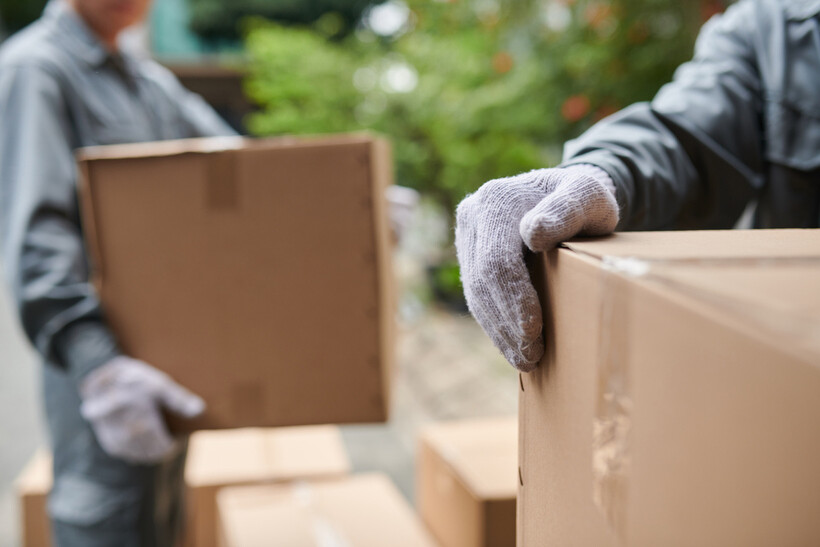 Removalists lifting boxes on a moving day. (Source: iStock)
Removalists lifting boxes on a moving day. (Source: iStock)
When it comes to booking experts, choosing the first mover you find (or simply going with the cheapest option) is like gambling with your belongings. This is why knowing what removalists do and how much they cost helps. These workers handle the heavy lifting, transport, and other special services you need, so it’s worth finding one with solid experience.
On average, removalists charge between $111 and $200 per hour, but rates can vary depending on your load size, moving distance, and location. For instance, a local mover in South Australia might charge around $80 per hour, while someone in Western Australia could start at $100 per hour.
To make sure you’re getting the best value, get at least three written quotes—but don’t just compare the prices. Take a closer look at what each company offers: their services, insurance coverage, delivery timelines, and support quality. This extra step gives you a clearer sense of value and helps you avoid hidden costs or unreliable service.
|
💡Peter’s tip: Reviews are absolutely critical! Check them from anywhere and everywhere, including your local furniture movers association. If you’re moving long-distance, ask about backloading options. Backloading can make your move cheaper because the truck typically wants to return to its initial destination, so you’re essentially sharing transport costs. |
3. Skipping the pre-move declutter
Bringing everything you own is one of the biggest packing mistakes. Every extra box adds to your removalist fees, fuel costs, and unpacking time. So when you skip a pre-move declutter, all you’re really doing is transferring yesterday’s mess into tomorrow’s home. And let’s be honest: those lidless containers don’t spark joy where you live now, and they won’t suddenly glow up in your new house.
Set aside a decluttering day to decide what items are not worth moving. Donate, recycle, or hold a garage sale so you only bring what truly matters. If it feels overwhelming, professional decluttering services can make the process faster and more organised. Some even handle donation drop-offs or eco-friendly disposal for you.
Remember, size matters when you’re moving. So be realistic about what you actually need. The more you pare down now, the less you’ll pay in moving costs and the easier settling into your new space will be.
4. Poor packing and labelling
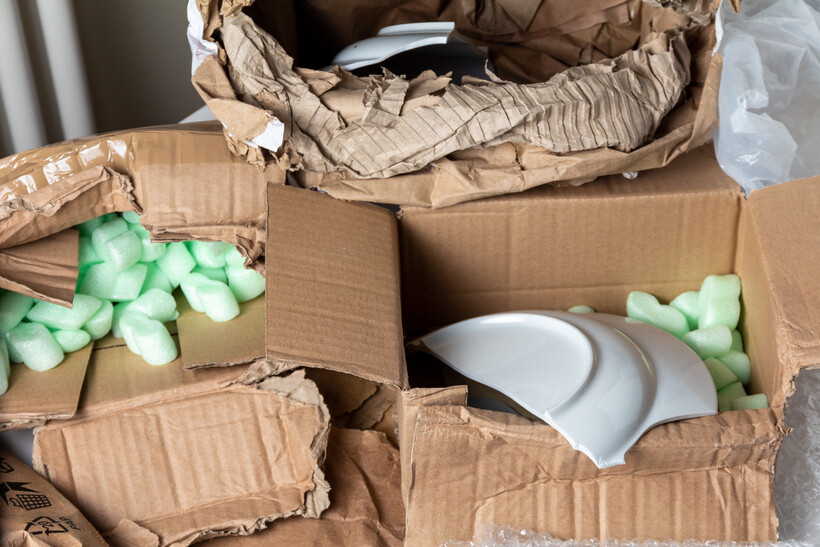 Improper packaging during transit. (Source: iStock)
Improper packaging during transit. (Source: iStock)
After you’ve decluttered, the next critical step is packing what remains. Packing and labelling may seem straightforward, but they’re where most damage happens. It’s not just about fitting everything into boxes. You also need to protect them and make them easy to locate later.
Packing fragile items without proper cushioning (like bubble wrap) can lead to breakages, while unlabelled boxes can turn unpacking into a frustrating guessing game. To avoid damage and confusion, use sturdy, high-quality moving boxes, wrap fragile items carefully, and clearly label each box with its room and contents.
You can definitely handle the packing yourself if you’ve got the time and patience. But hiring a professional packer can give you peace of mind; they’ll ensure everything’s wrapped, cushioned, and transported safely. And while they’re working, it’s always thoughtful to offer a drink of water or a quick snack, and lend a hand where you can without getting in the way. Small gestures like these can help things run smoothly and even save time and money.
|
💡Peter’s tips: When packing, think strategically about the loading order. Try to organise items by room based on how they’ll need to come out of the truck at your new home. For instance, if your kitchen is at the back of the new house, load the kitchen items last so they’re first off the truck. This approach depends on your specific layout, including rooms and stairs, but it can make unloading much faster. If you have a ‘tight’ house (meaning items are difficult to move around corners, down stairs, or sometimes both), be prepared with some spare sheets on hand. These can help prevent minor scuffs and scratches on walls while moving bulky items. |
5. Forgetting utilities and address changes
The work isn’t done just because the boxes are out the door. One of the most common moving mistakes to avoid is forgetting the admin side of the move, including transferring utilities or updating your address. It’s easy to overlook, but skipping these steps can leave you without essentials or missing important mail.
Be sure to transfer your utilities and NBN internet, and set up mail redirection through Australia Post. Also, remember to update your address with key government agencies such as Centrelink, Medicare, the Australian Tax Office (ATO), the electoral roll, and your local council for rates.
To stay organised, create a checklist of your utility accounts, internet providers, and subscriptions at least two weeks before moving. Notify each provider of your move date and schedule connections ahead of time to avoid downtime. Finally, update your address with your bank, insurer, and postal service early so nothing important gets lost in transit.
6. Not packing an essentials box
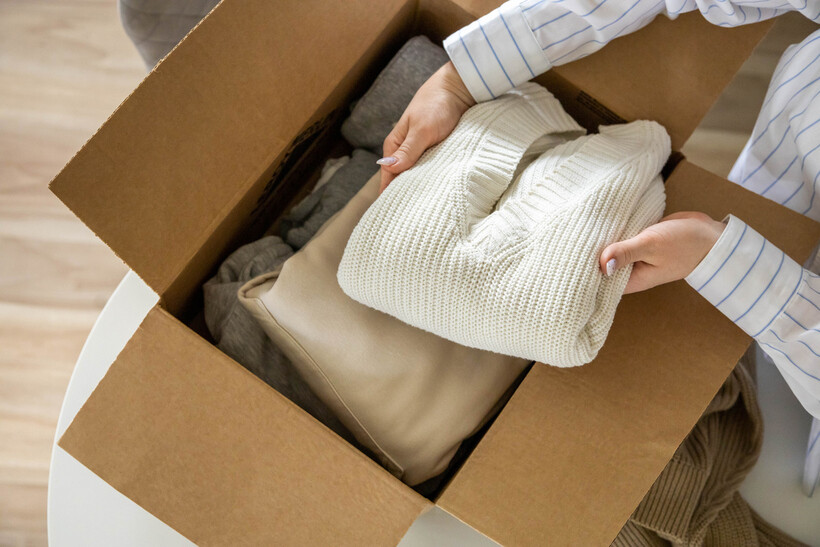 Packing folded clothes into an essentials box. (Source: iStock)
Packing folded clothes into an essentials box. (Source: iStock)
There’s one practical item that can make or break your first night in your new home: an essentials box. After a long day of hauling boxes, no one wants to dig through thirty just to find a toothbrush or phone charger.
Imagine trying to sleep without sheets, searching for toilet paper, or living on takeaway because your cookware’s buried somewhere. An essentials box for moving saves you from that chaos, and it’s especially useful as a self-move packing process for long-distance or cross-country moves.
Start with one box for your kitchen so you can settle in right away. Include:
Toothbrush, toothpaste, and soap
Toilet paper
Medications
Dishes and utensils
Snacks and bottled water
Coffee or tea
A small pot or pan
Bin bags
Paper towels or wipes
Box cutter or scissors
Then, pack a second moving day essentials box for your bedroom to ensure a comfortable first night:
Bed linens, pillow, and blanket
Change of clothes and pyjamas
Towels
Pack your essentials box a day before moving and keep it with you rather than loading it onto the truck. If you have kids or pets, make one for them too. Having these ready and easy to reach will make your first night feel less stressful.
7. Ignoring hidden moving costs
The removalist quote mentioned earlier? That’s only part of the story. Packing supplies, moving containers, insurance, utility connection fees, takeaway meals, bond cleaning, tolls, and parking permits for the truck can all add up quickly.
For interstate moves, there’s even more to factor in, like your new driver’s licence, vehicle registration, and temporary accommodation while waiting for settlement.
Before moving day, ask your removalist for a detailed, itemised estimate that includes possible surcharges. Then, set aside a healthy buffer in your budget for those unexpected add-ons. Plan ahead and set aside a financial cushion to stay in control of your budget and ensure your move stays on track from start to finish.
Make your next move smooth, simple, and mistake-free
Avoiding these common moving mistakes can make the difference between a stressful relocation and a smooth, organised transition into your new residence. With the right planning, smart solutions, and a little extra preparation, you can save money from unnecessary costs, damaged belongings, and last-minute chaos on moving day.
Worried about making costly moving mistakes? Post a task on Airtasker to hire professional removalists who know how to handle every step of the process. From expert packing to careful transport, you can choose reliable movers, compare quotes, and avoid the pitfalls that can turn moving into a nightmare. A stress-free move starts with the right help!
Learn more about our contributors

Written by Ella M.
Staff Writer
Ella M. is a content writer and editor with years of experience helping readers find simple ways to make everyday life easier. She writes about moving, home organisation, and lifestyle improvement, with a focus on clarity, practicality, and a relatable approach. Outside of writing, Ella enjoys exploring new recipes, catching up on lifestyle trends, and unwinding with a good puzzle game.

Reviewed by Peter C.
Expert Removalist
Peter has 30 years of removalist experience, starting in his family’s furniture delivery business. He’s handled everything from local household moves to international packing and shipping, with expertise spanning residential moves, office relocations, fragile freight, and oversized transport across Australia. Over the years, Peter has worked independently and with removalist companies, and has trained others in driving and packing. Though recently retired, he remains connected to the industry and continues preparing the next generation of safe drivers.
The Reviewer Badge is awarded to individuals who are experts in their respective fields and evaluate the content to ensure its accuracy and relevance to the task at hand.
FAQs on moving house
Large, fragile, or sentimental items (pianos, antiques, or oversized furniture) are often the hardest to move. However, the challenge isn’t just weight but also ensuring they arrive safely without damage or unnecessary stress. From packing to transporting, they need careful planning, proper equipment, and sometimes, professional moving help.
Start with your essentials box because it can help you settle in quickly without feeling overwhelmed. Next, focus on bedrooms and bathrooms to create a comfortable space for rest. Once those are set, you can tackle living areas, décor, and less urgent boxes.
Regret after moving to a new location is common, especially if expectations don’t match reality. Focus on settling in by building new routines and exploring your new area. Reflect on the bigger picture, too. Sometimes, these feelings highlight the overlooked things to consider when moving interstate or long-distance, such as lifestyle fit, cost of living, or proximity to loved ones.
Find removalists, fast
Find a removalist
Related articles

How to pack artwork for moving
Read more
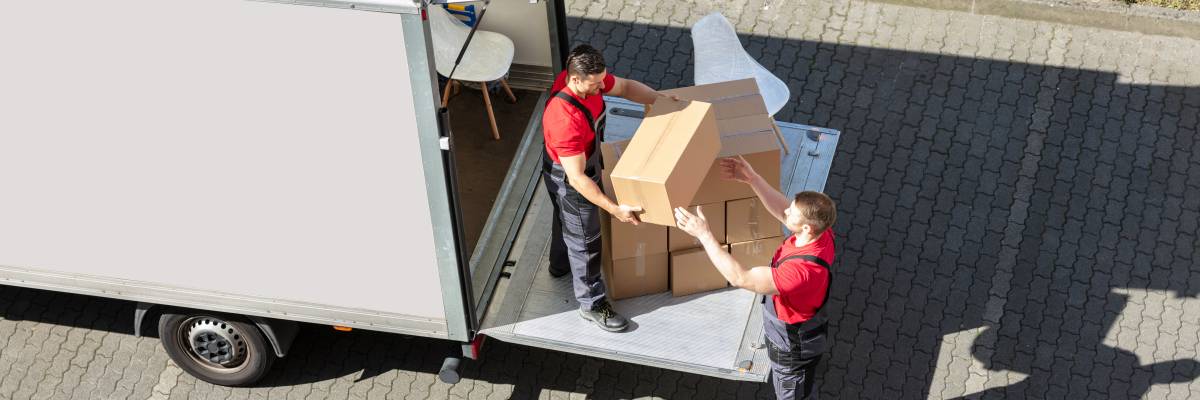
How much do removalists make?
Read more
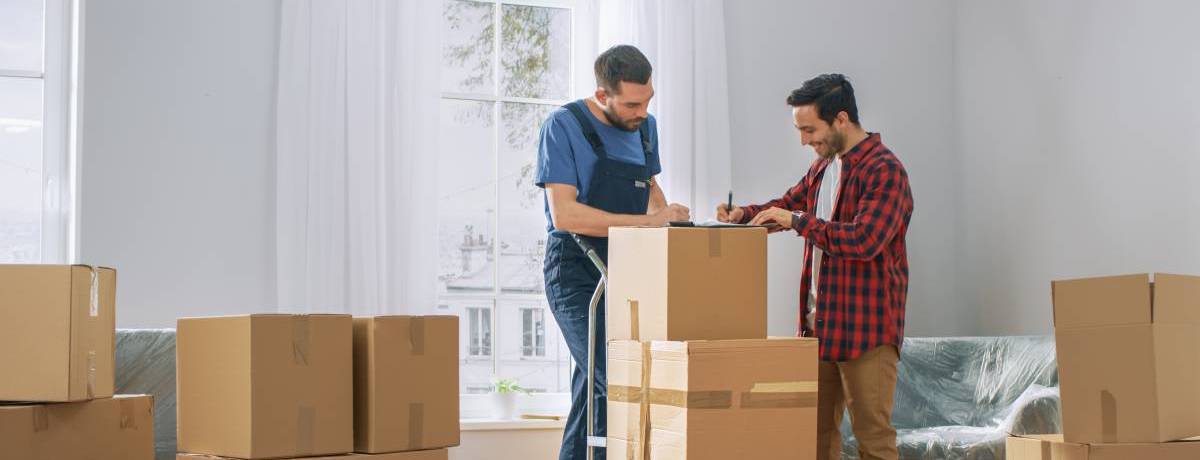
A guide to becoming a removalist
Read more

How to move a pool table
Read more
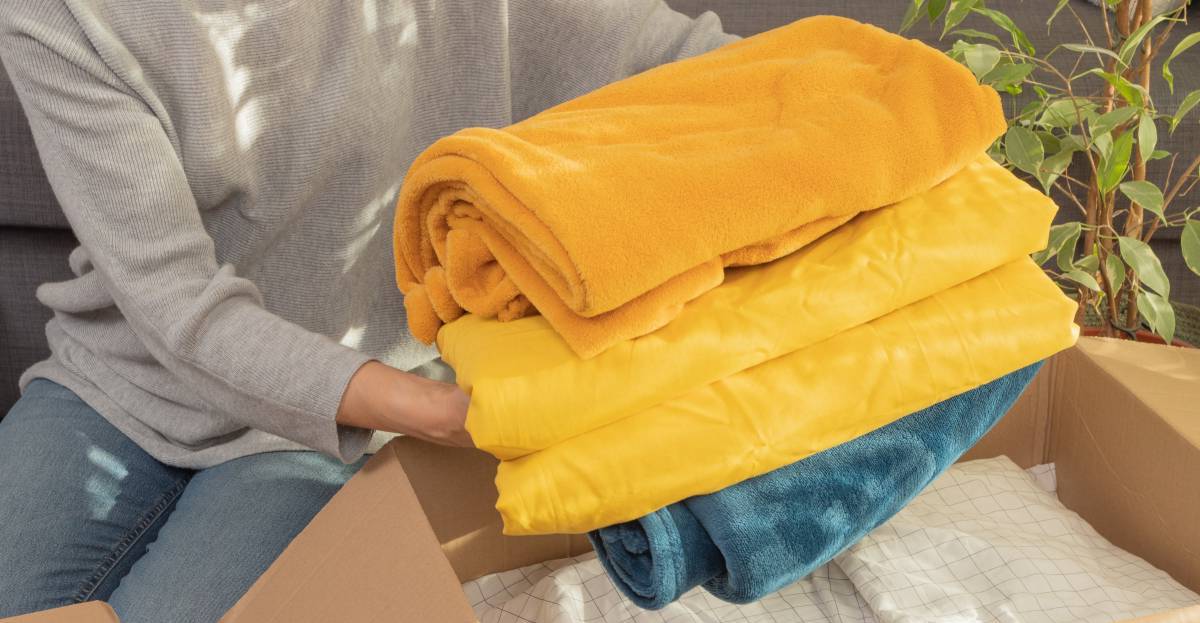
How to pack bedding for moving
Read more
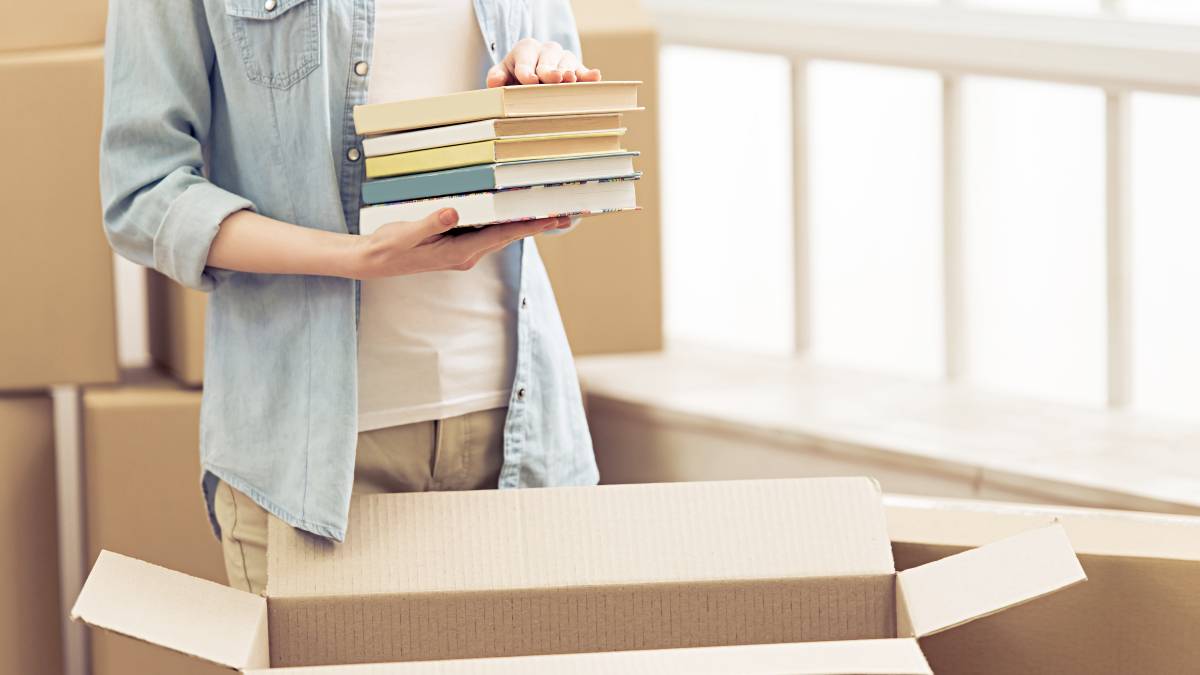
How to pack books for moving
Read more
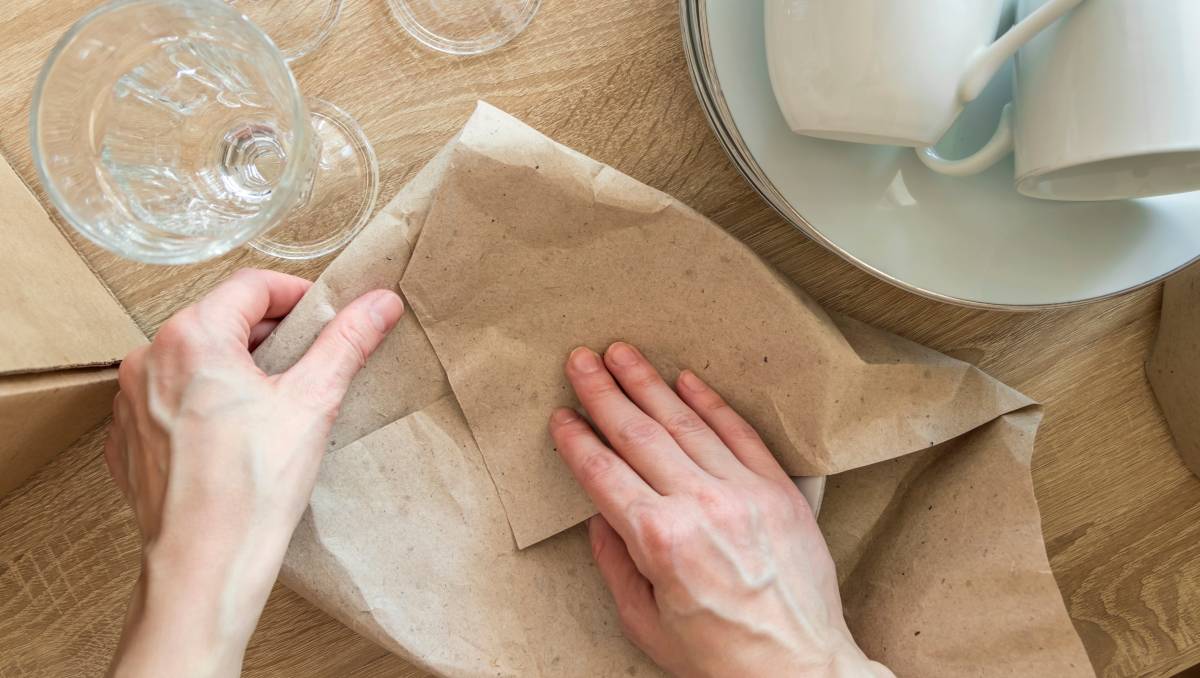
How to pack kitchen items
Read more
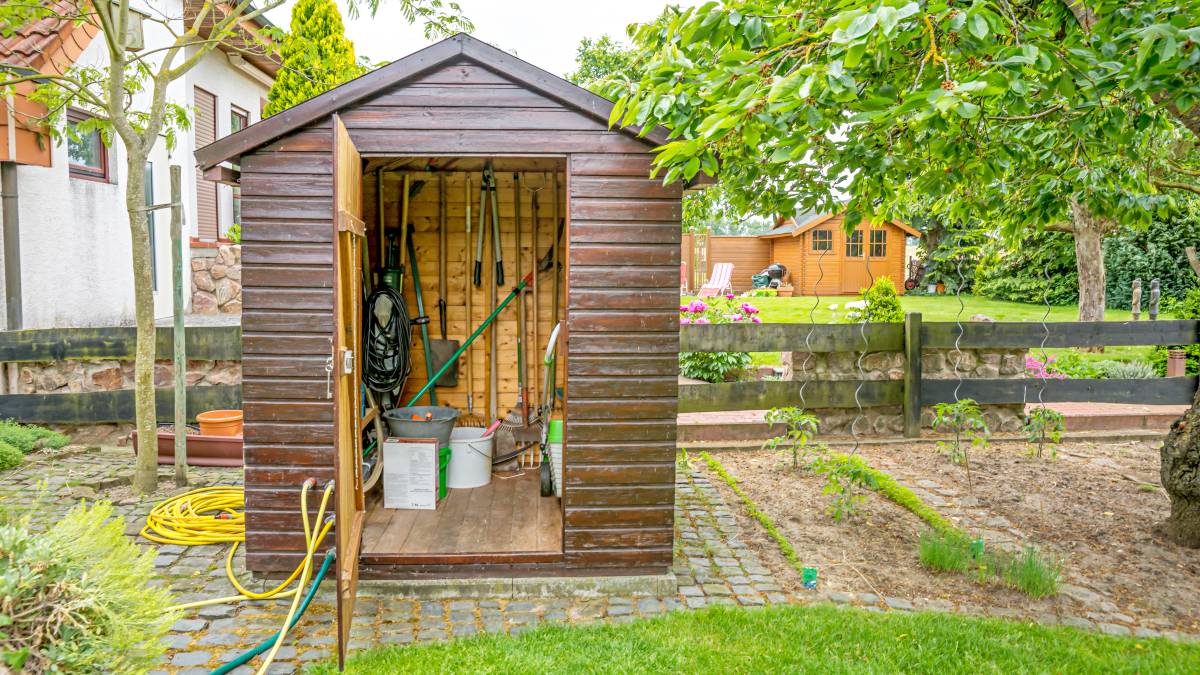
How to move a shed
Read more
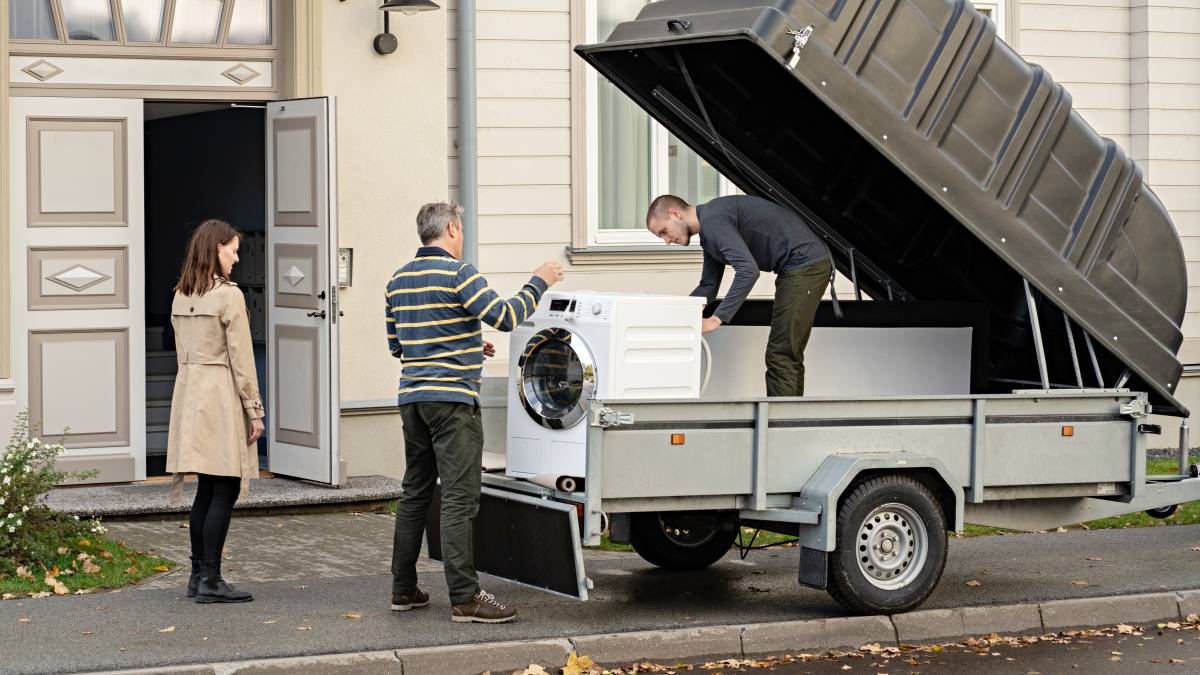
How to move a washing machine
Read more
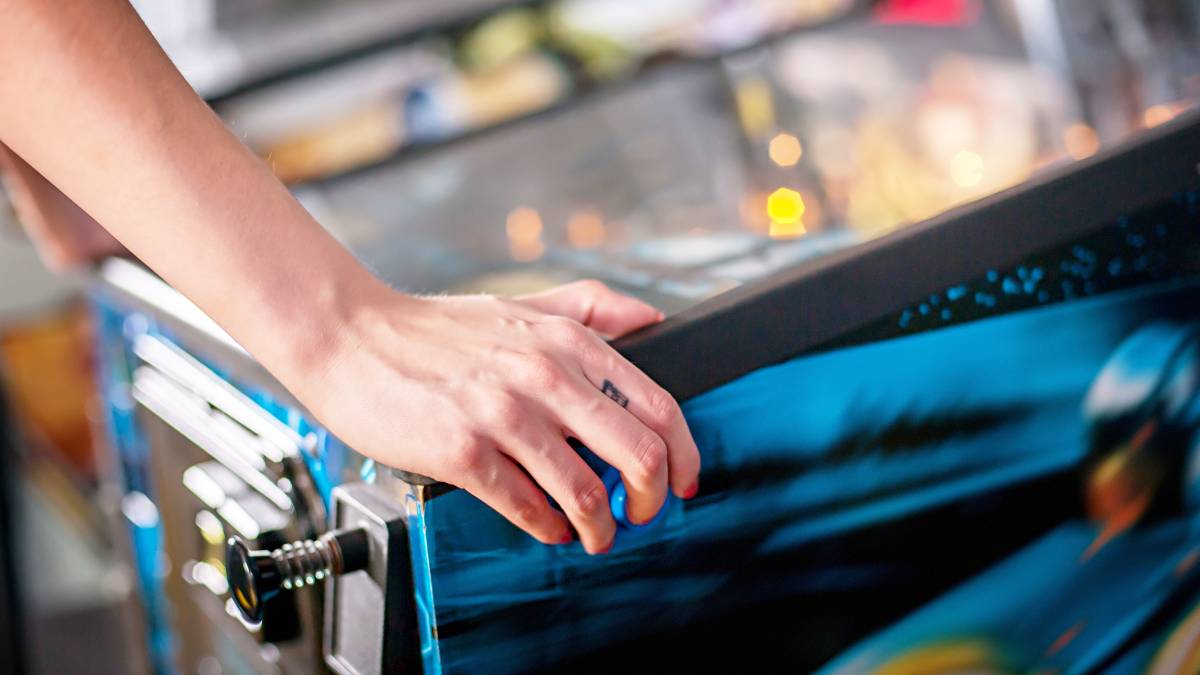
How to move a pinball machine
Read more
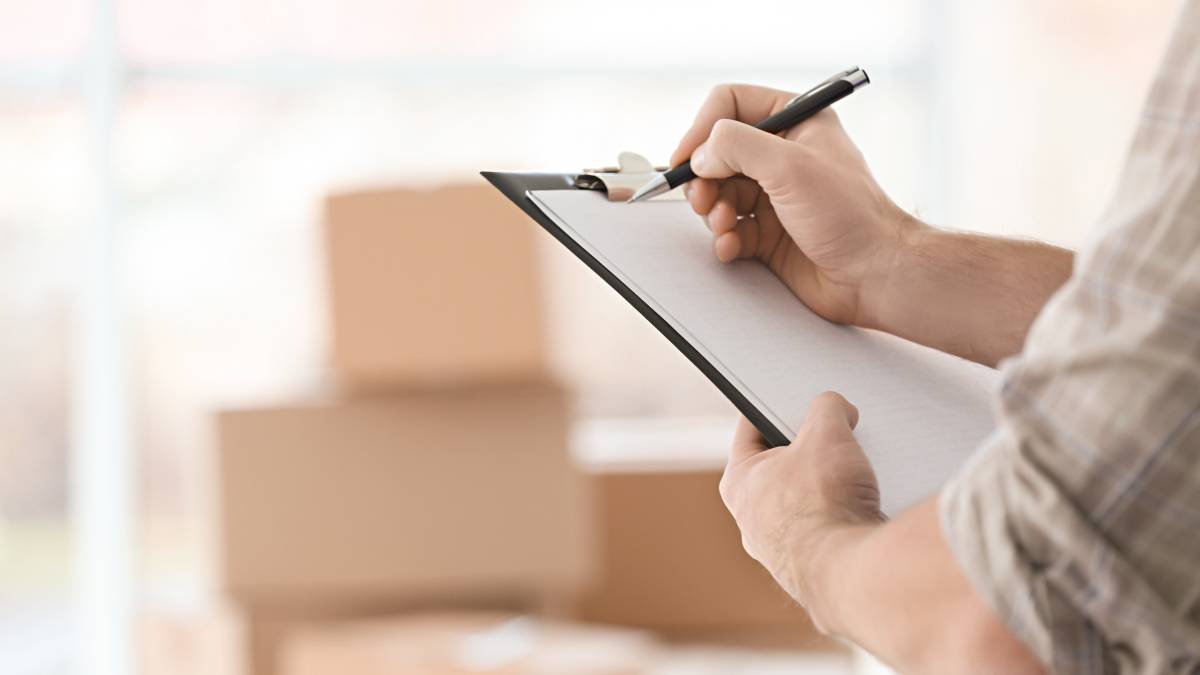
What removalists won’t move
Read more
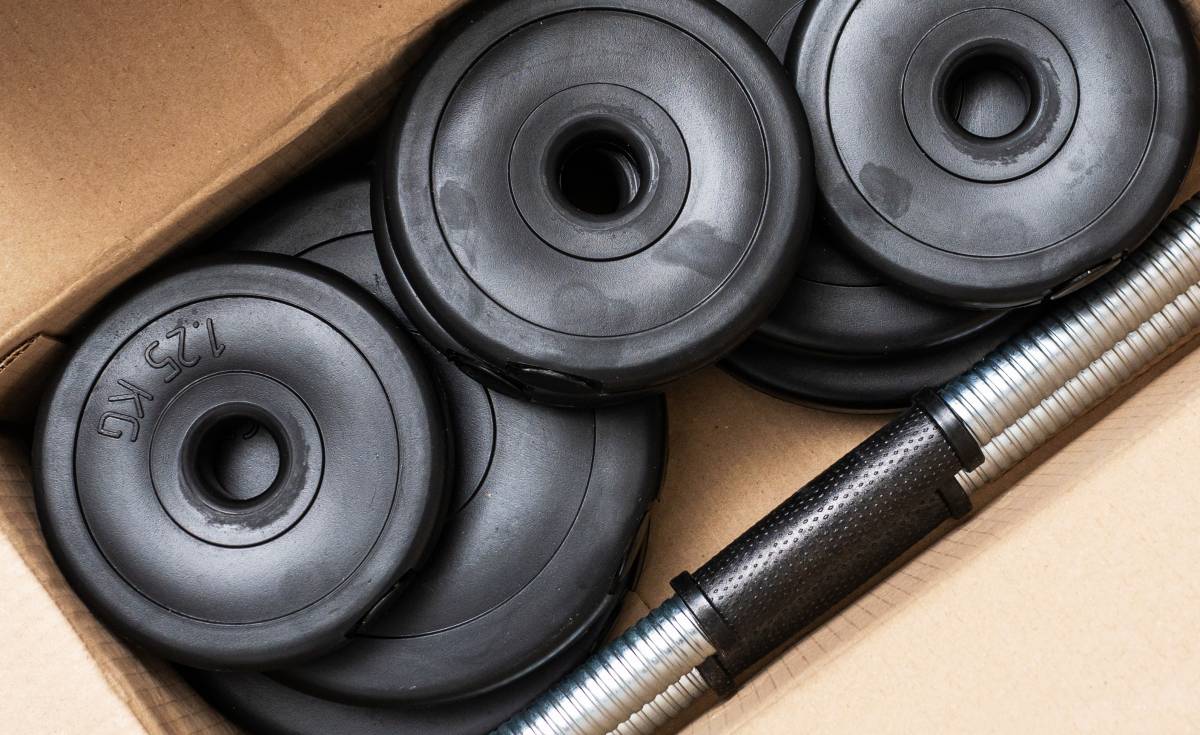
How to move gym equipment safely
Read more
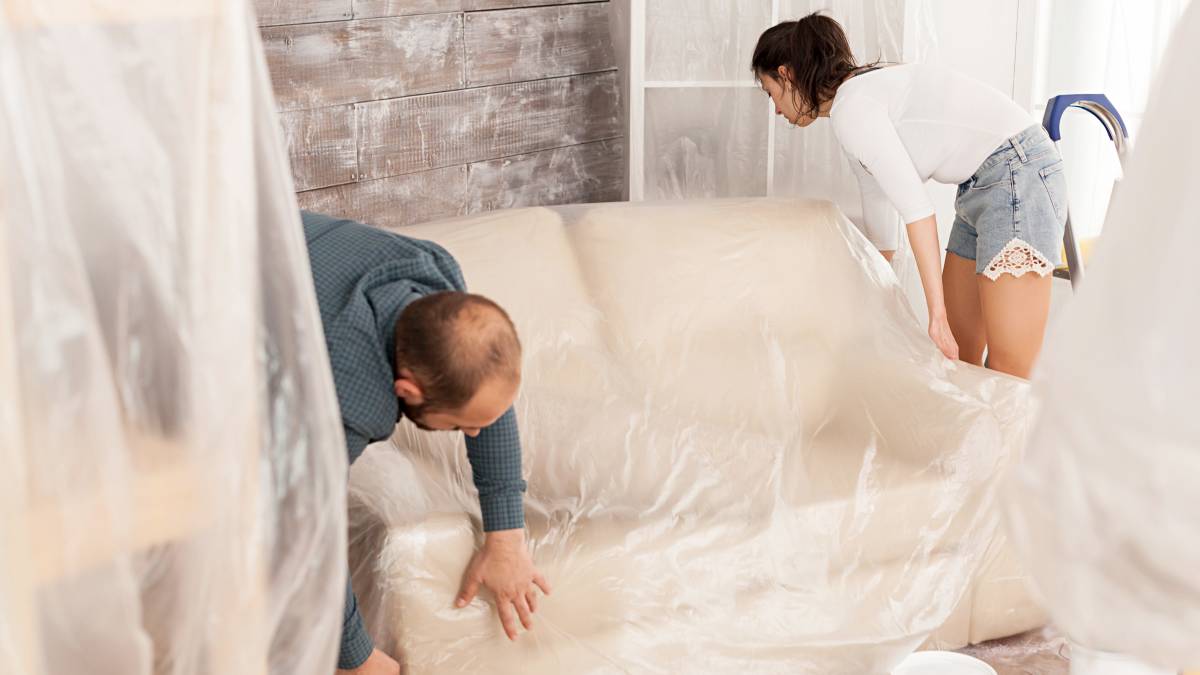
How to wrap furniture for moving
Read more

Moving interstate checklist
Read more
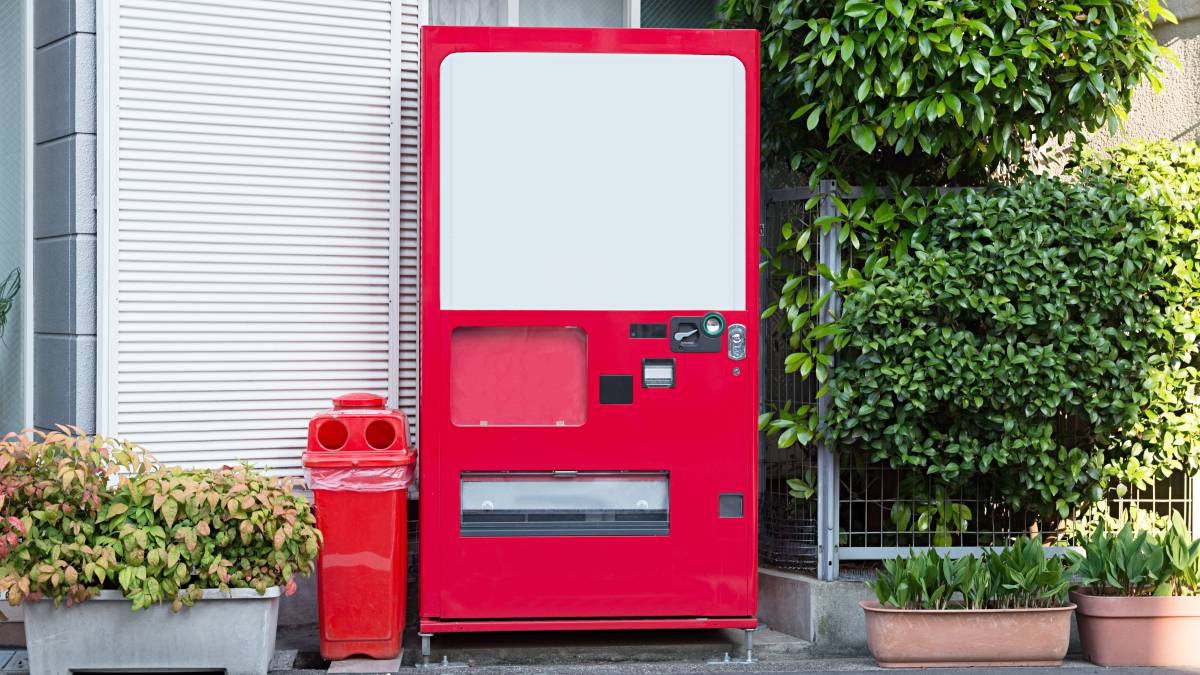
How to move a vending machine
Read more
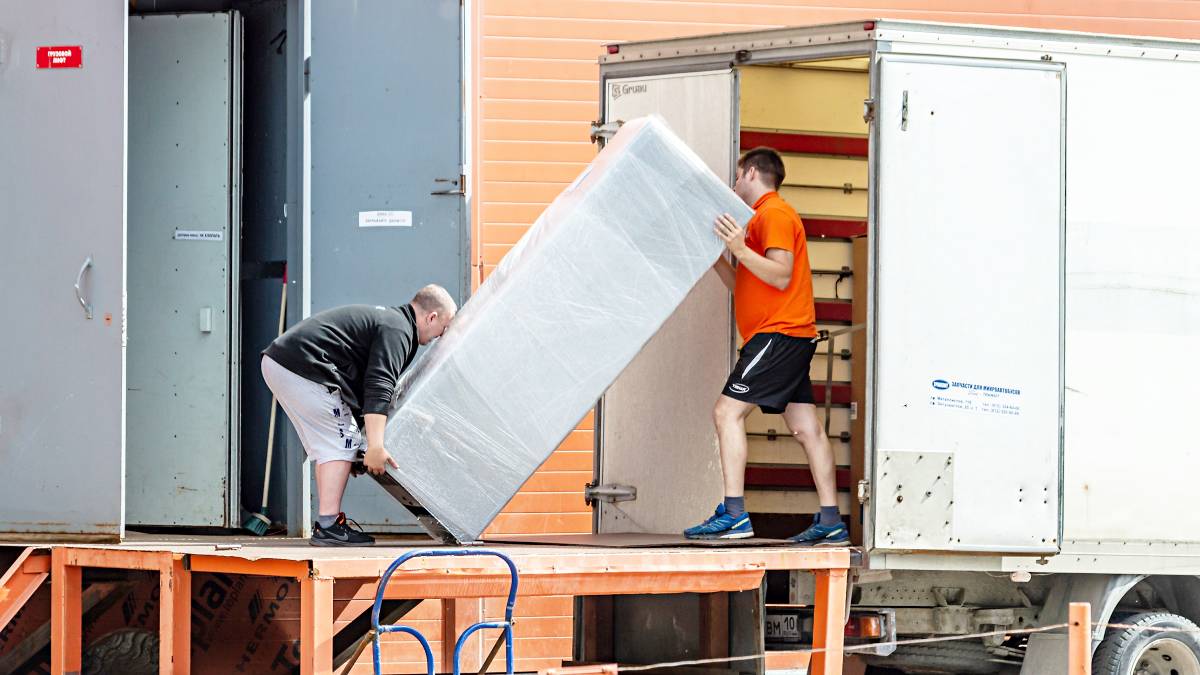
Moving a fridge: How to do it right
Read more
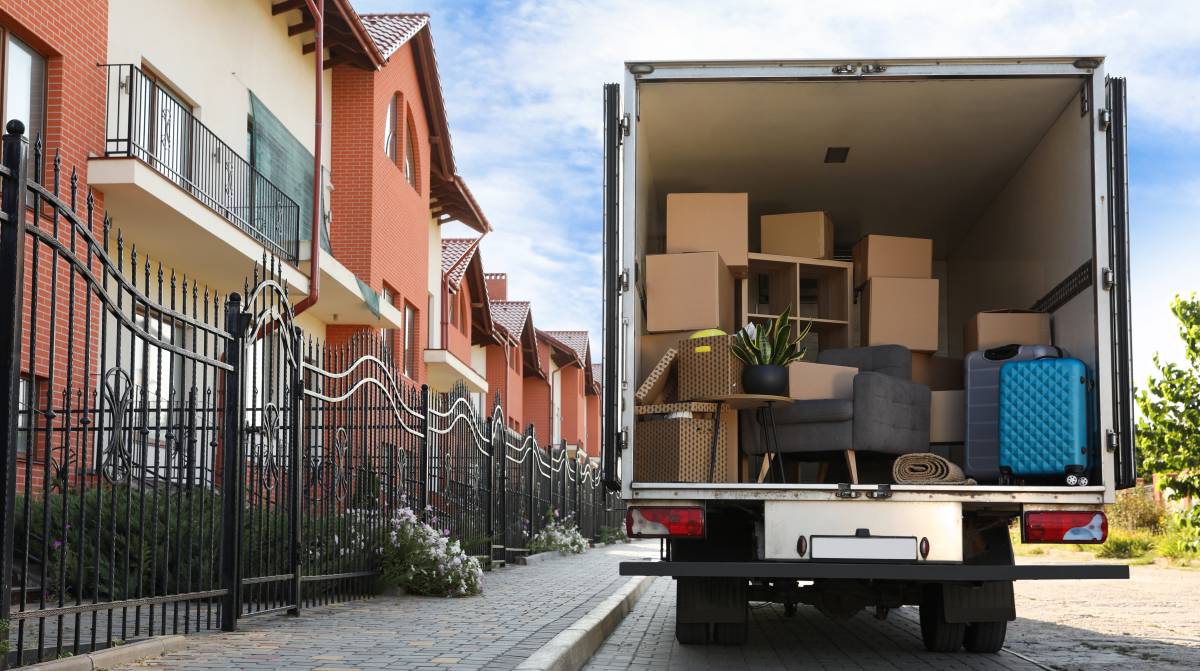
How to pack a moving truck
Read more

Tips for moving house with kids
Read more
Related price guides
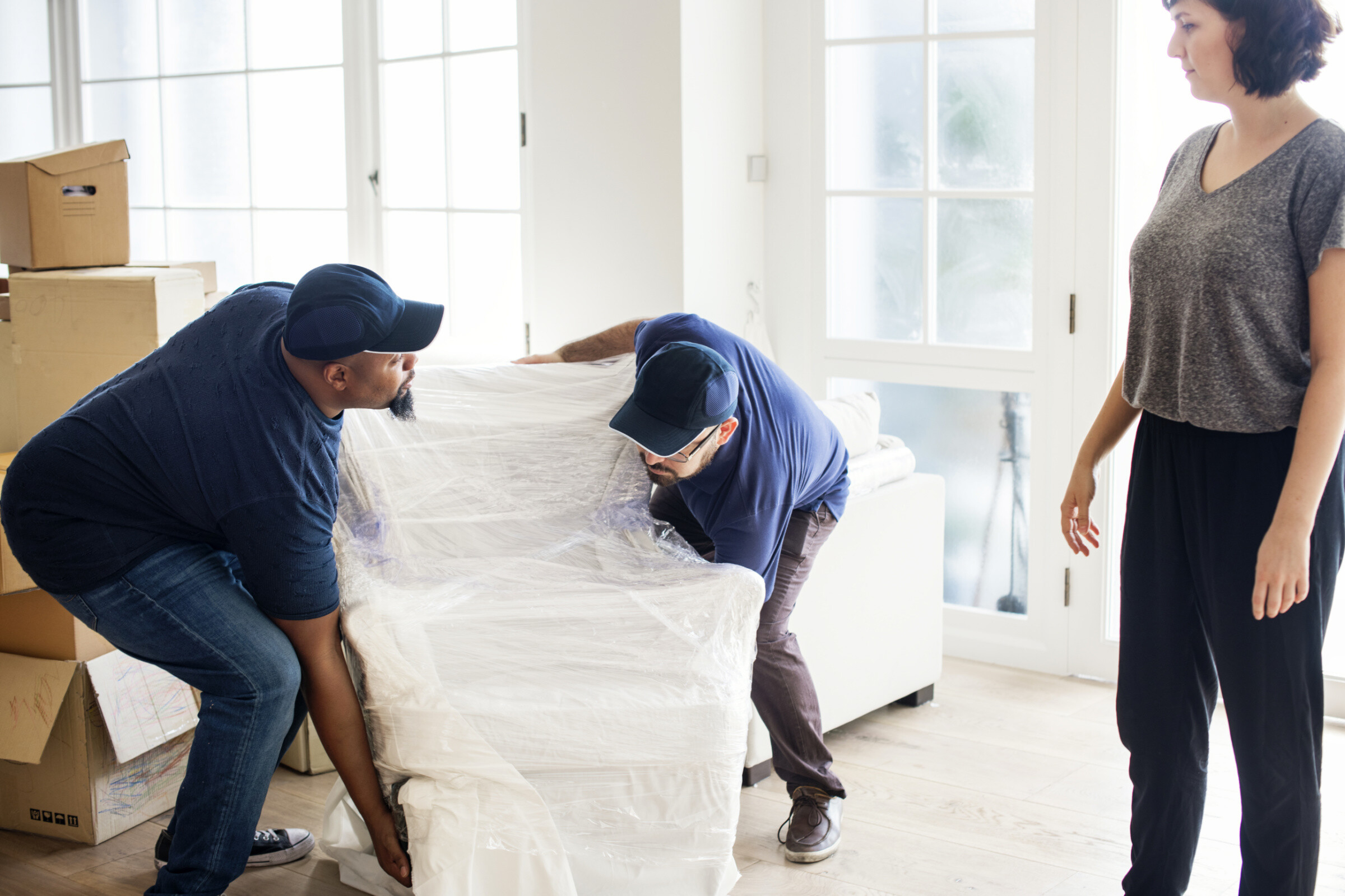
How much does it cost to move house?
Read more
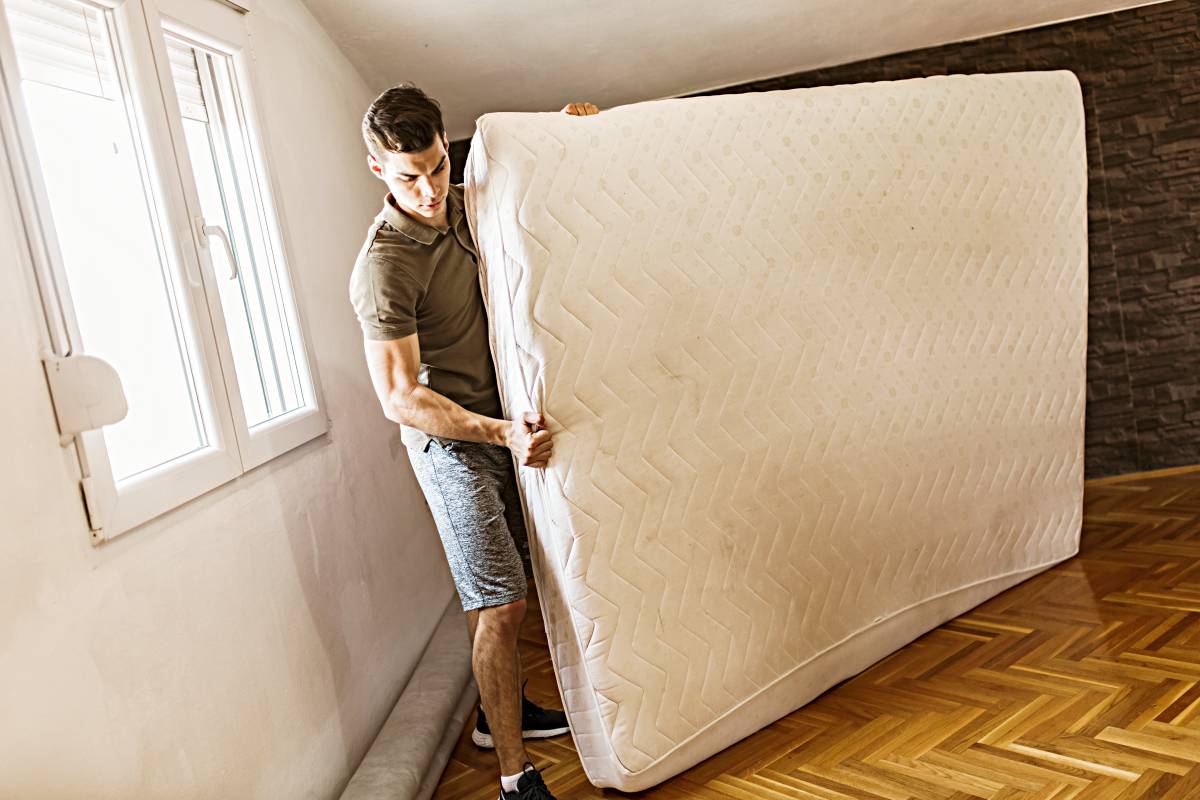
How much does mattress removal cost?
Read more

How much does piano moving cost?
Read more
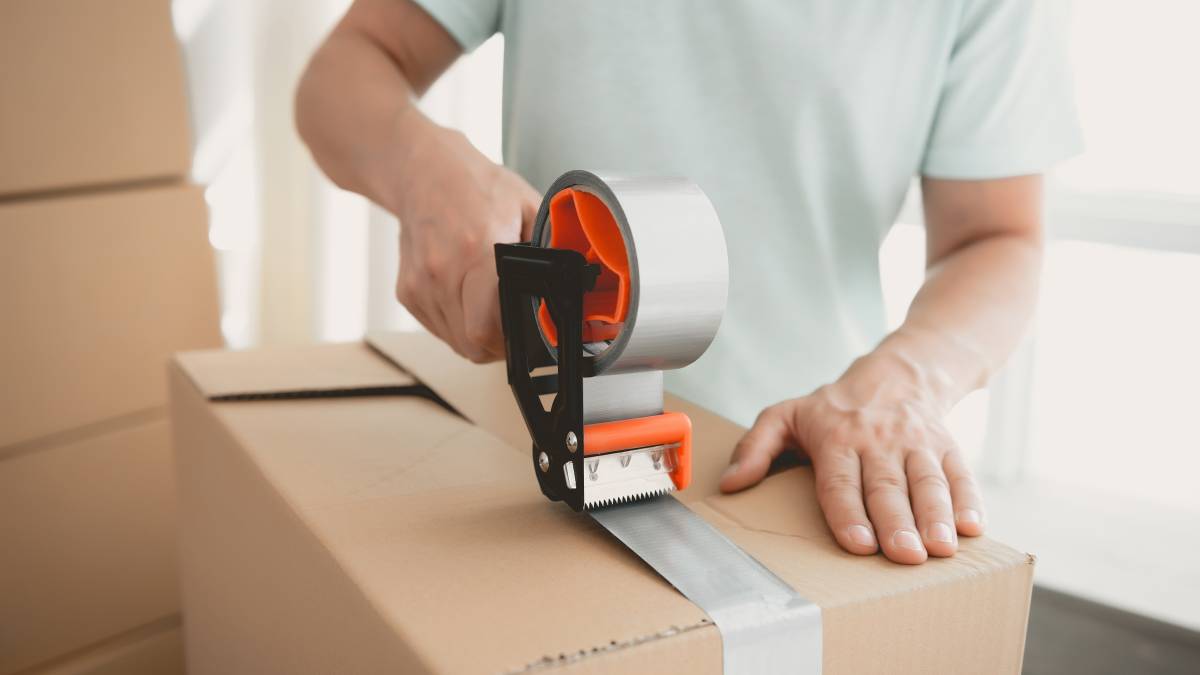
How much do packers cost?
Read more
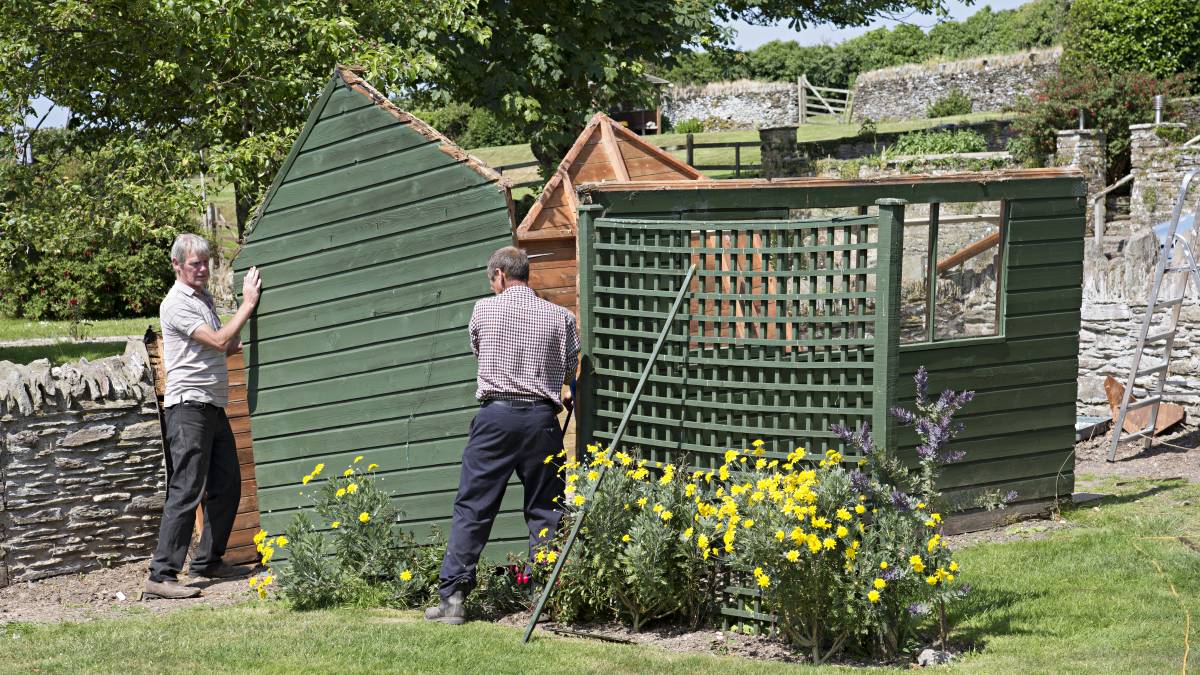
How much does shed removal cost?
Read more

